The Podcast: Bad Lady Town (Re-release)
This week’s episode we feature stories of women who ran afoul of the law, as well as the women charged with policing them! Murder plots, madams, police matrons and the “high priestess of anarchy.”
Bad Lady Town (Re-release)
Summary
This week’s episode we feature stories of women who ran afoul of the law, as well as the women charged with policing them! Murder plots, madams, police matrons and the “high priestess of anarchy.”
Content warning on this one for topics of domestic violence and other disturbing situations.
This episode is a re-release from the 2020 season of “Bad Town” on the City of Subdued Podcast, hosted by Annika Fleming, Maria Dalla Gasperina and yours truly along with Good Time Girls founder Marissa McGrath.
This one has some updates and bonus questions and such at the end.
We are taking a break to focus on some research and development for the next season, meanwhile we are going to offer up for your listening enjoyment, re-released episodes from the City of Subdued Podcast Season 2 - BAD TOWN - featuring yours truly.
Some of you will have heard these before and if so feel free to revisit or not. For those who haven’t these were recorded back in 2020 during peak pandemic. We were the guest hosts of Annika and Maria on the City of Subdued Podcast, along with Marissa McGrath, founder of the Good Time Girls Tours. We discussed a lot of Bad Bellinghistory - some of our darkest tales, lots of true crime.
Please do give us a shout and tell us what you’d like to hear from us meanwhile. Keep following us on social media and the rest as we have some fun events both in person and virtual planned for the dark months ahead.
We would love to hear from local businesses looking to advertise. We love to support local businesses and we also love support for our labors of love! Win win!
Meanwhile, enjoy this little trip down the recent memory hole.
You can read more details on some of what we discuss in a previous blog here: https://bellinghistory.com/blog/2018/9/10/jail-tales-female-trouble
Listen
Or listen to the episode at …
Ephemera
Some photos and ephemera related to the episode in the slideshow below.
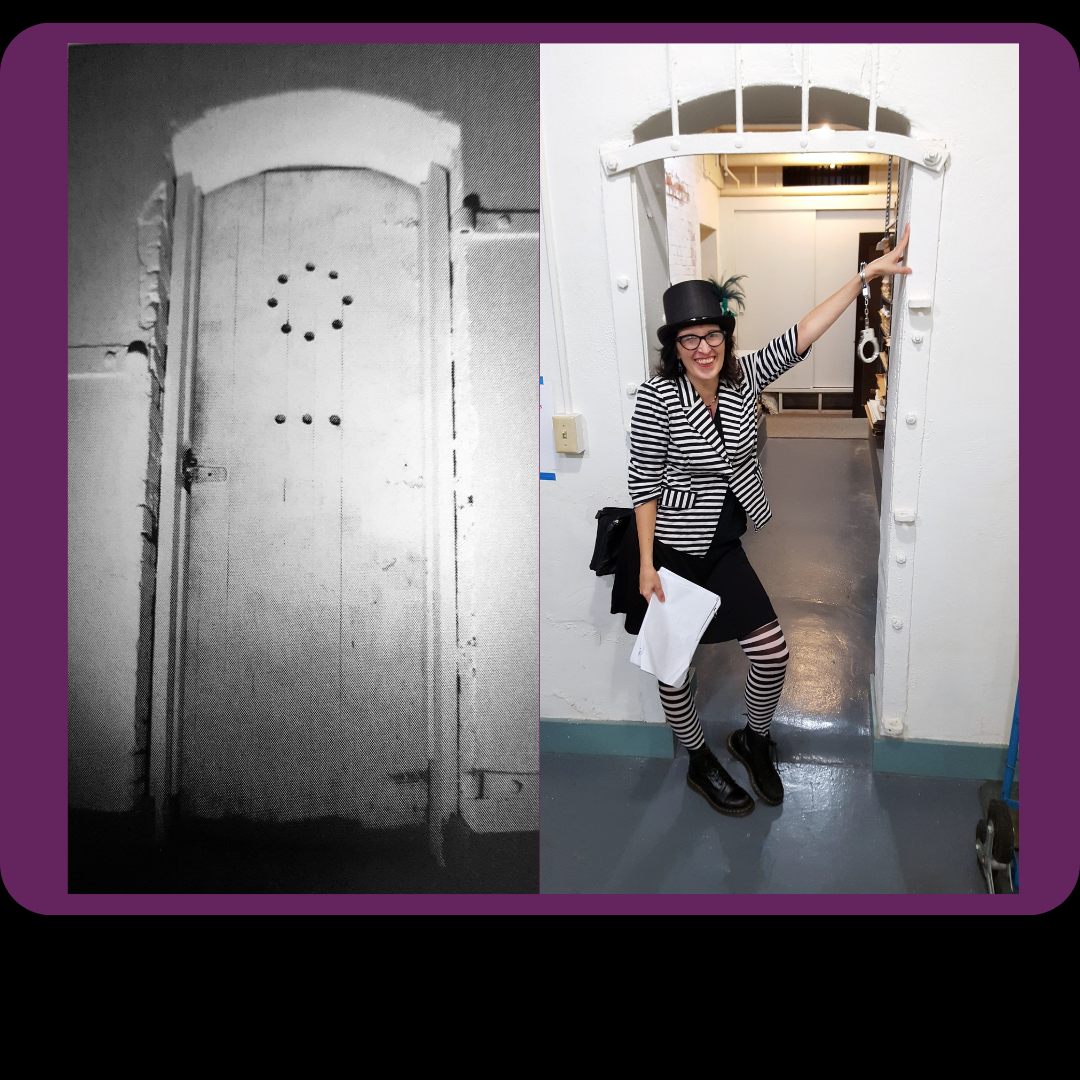

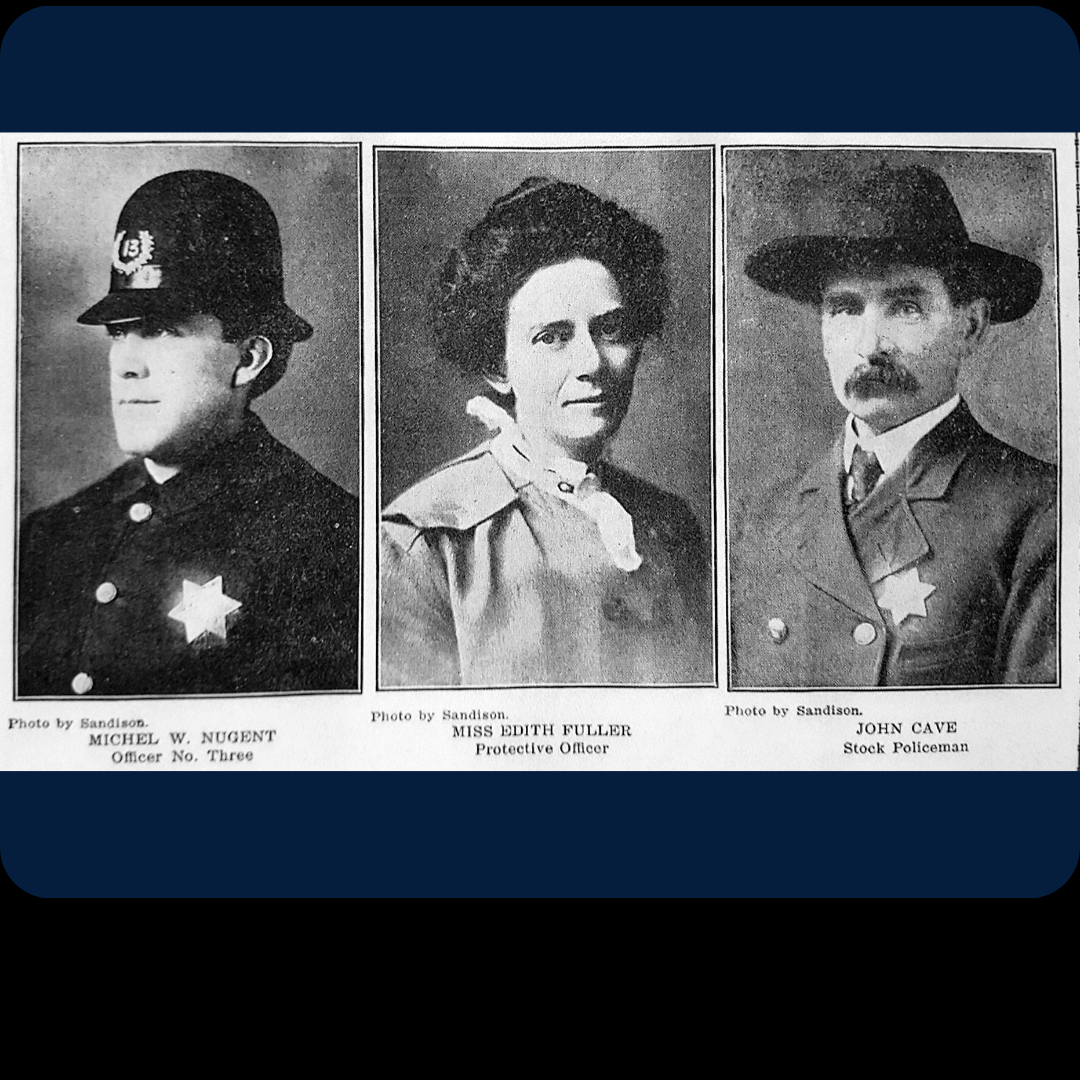
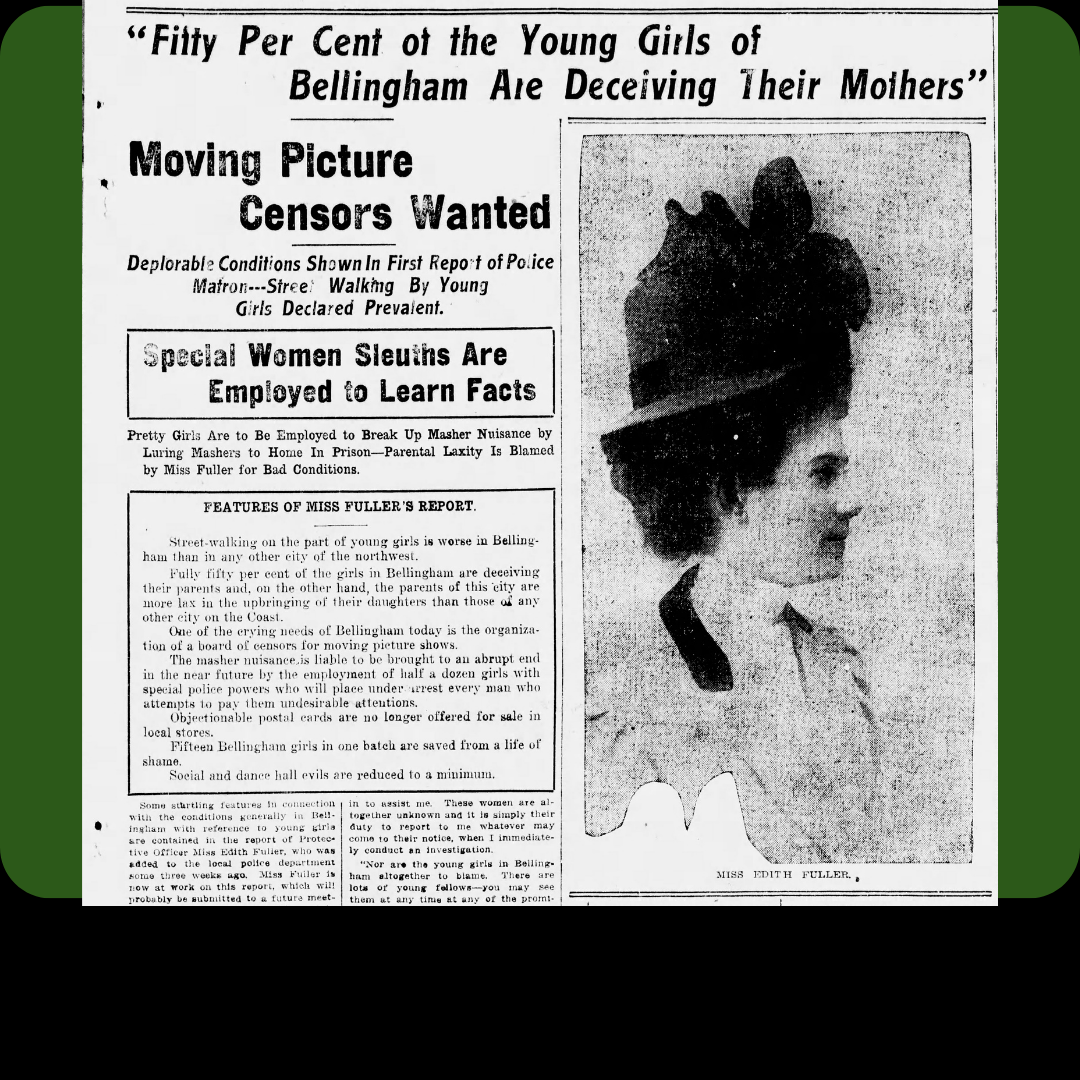
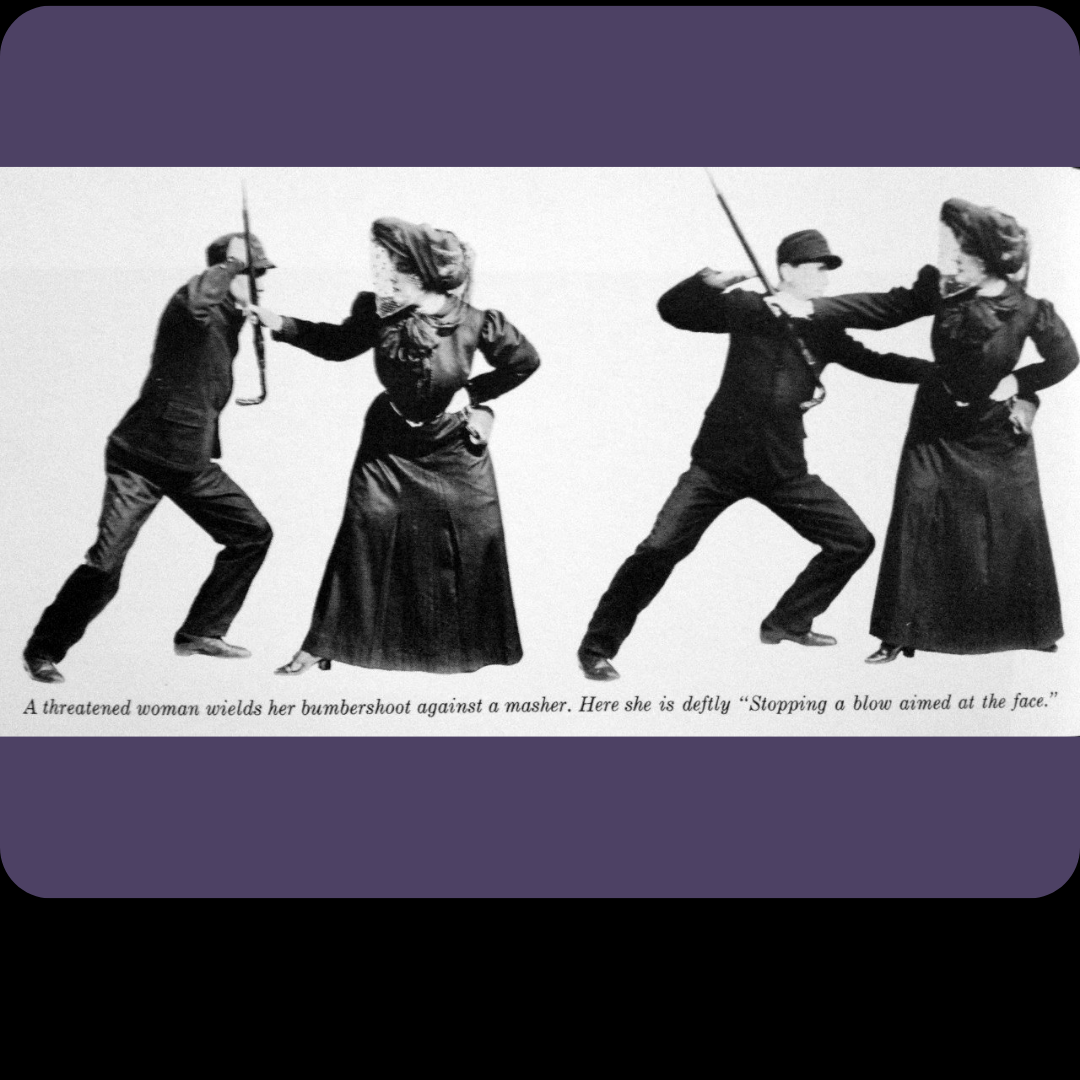
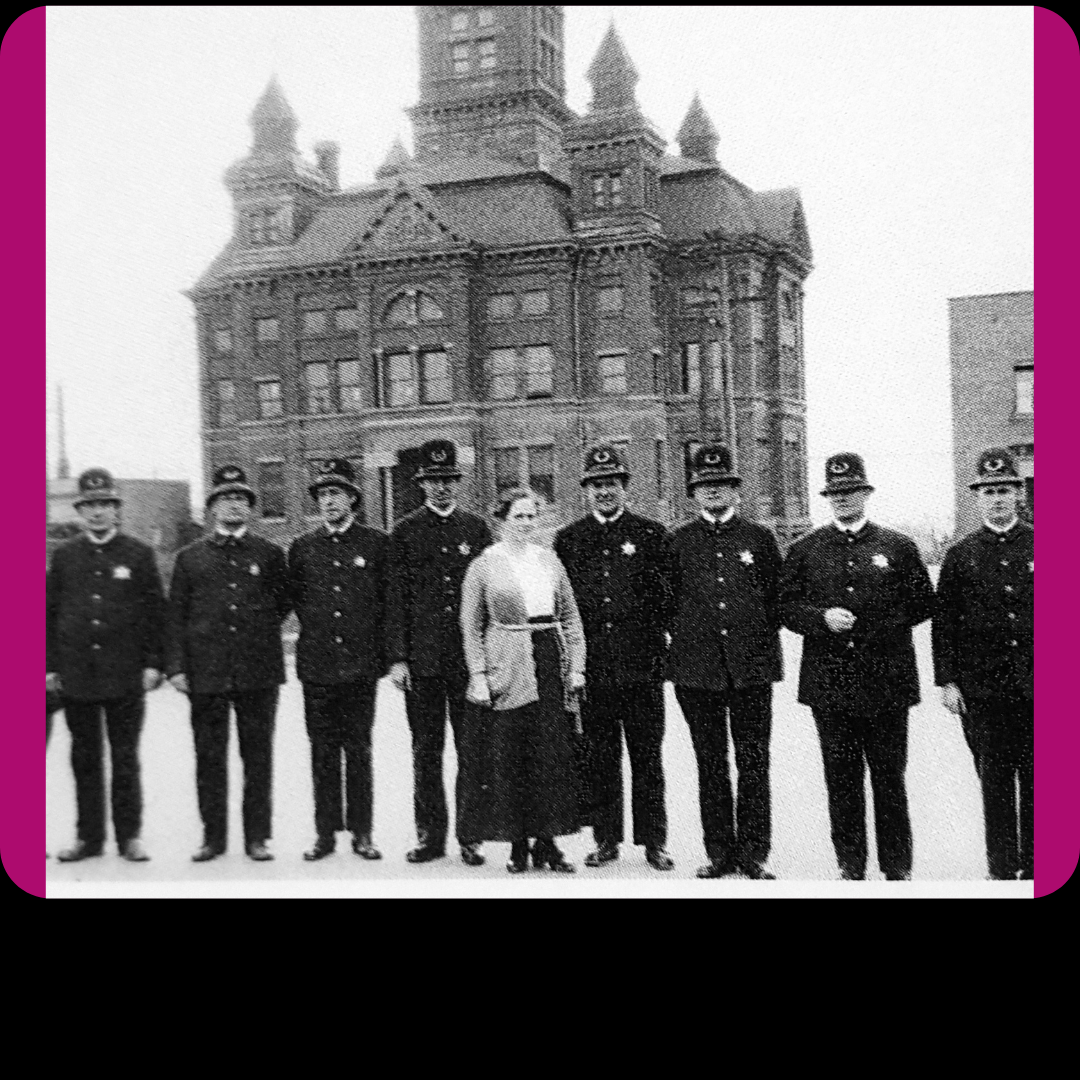
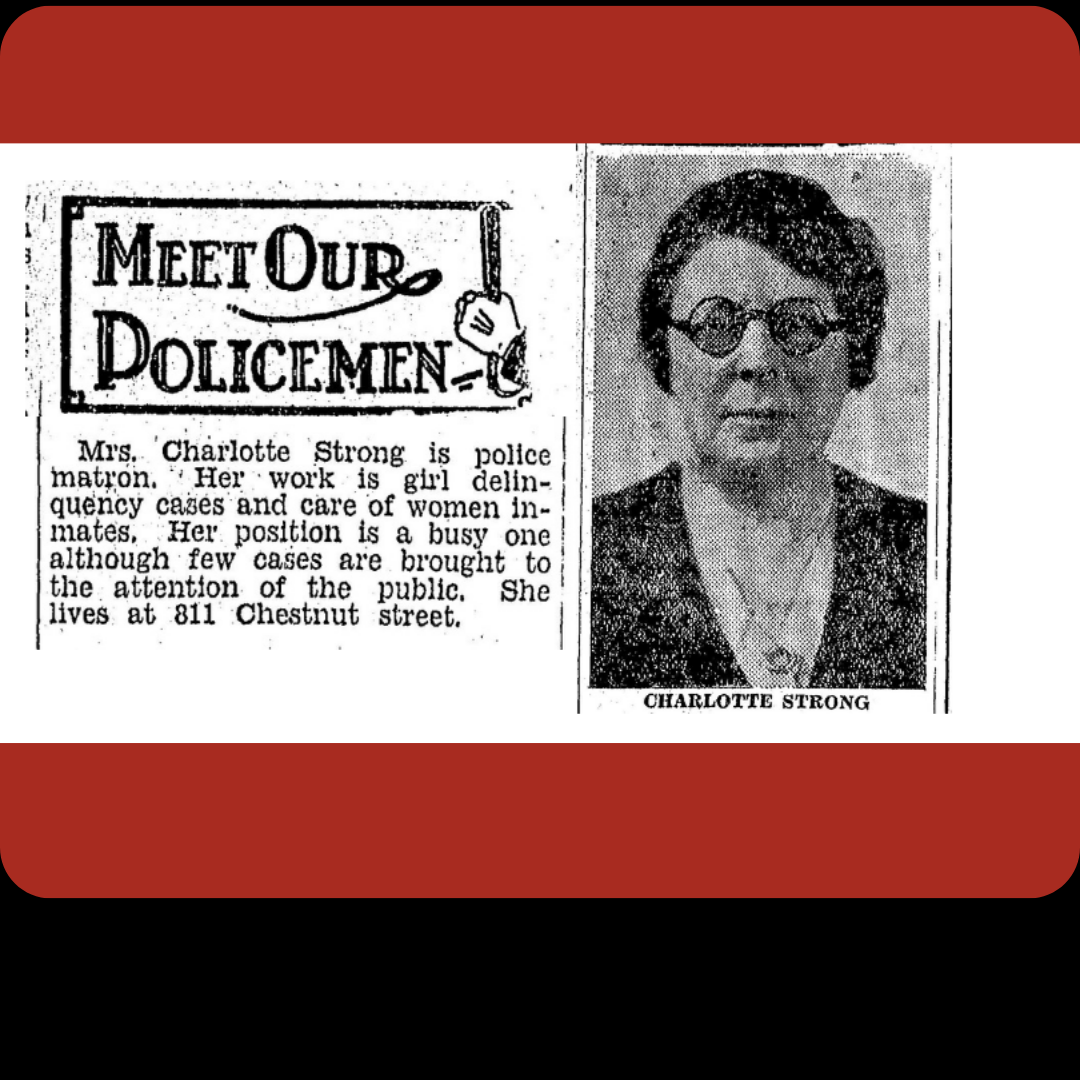
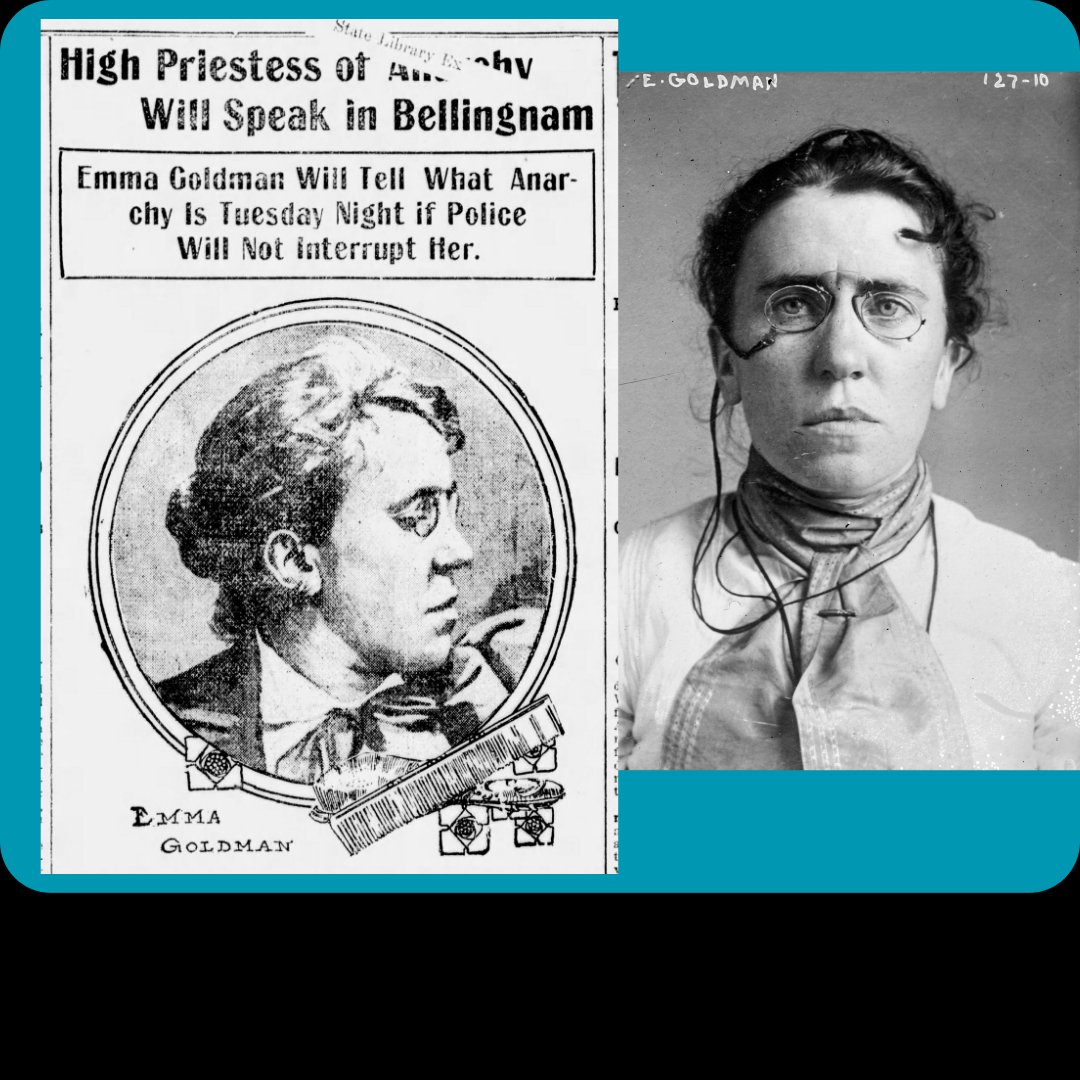

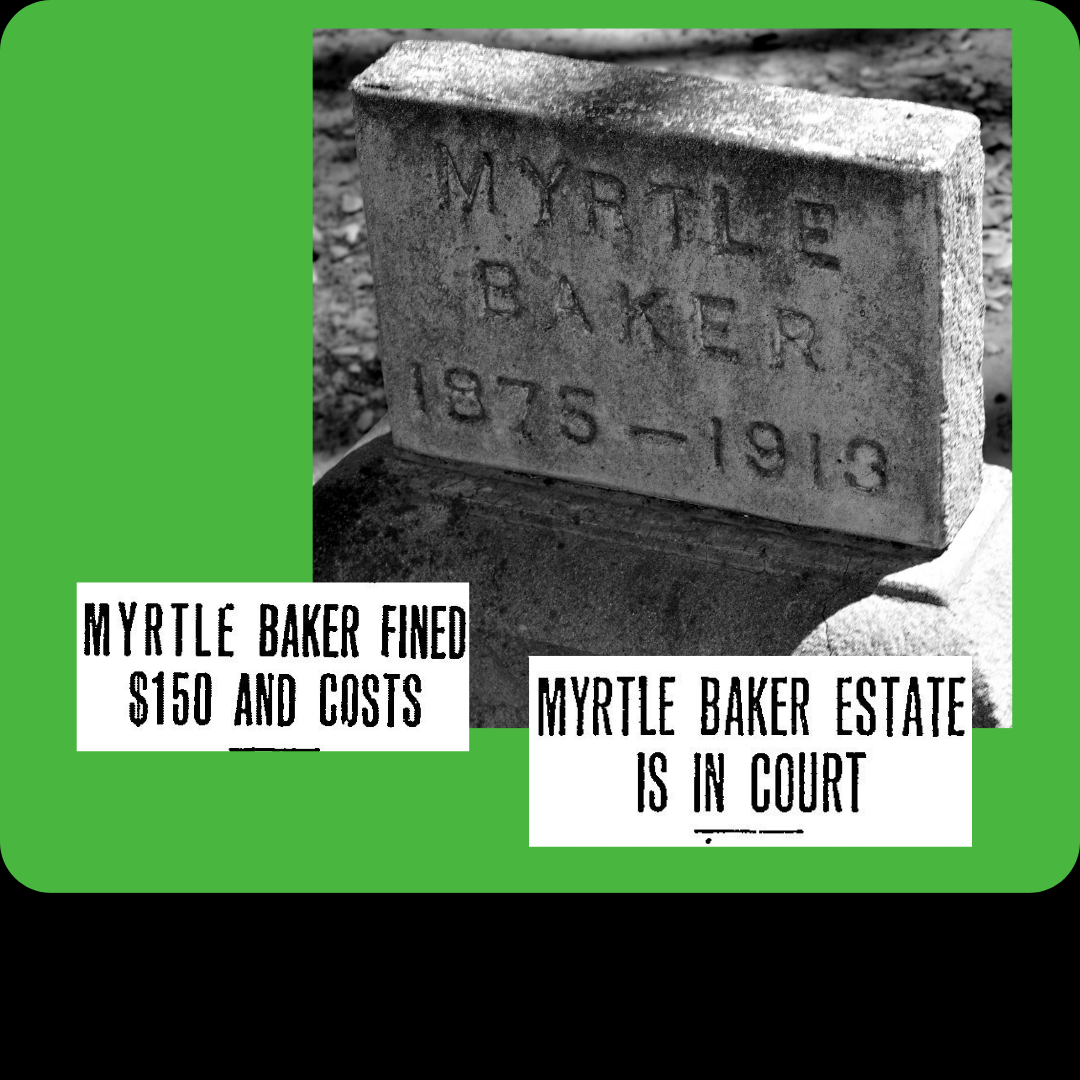
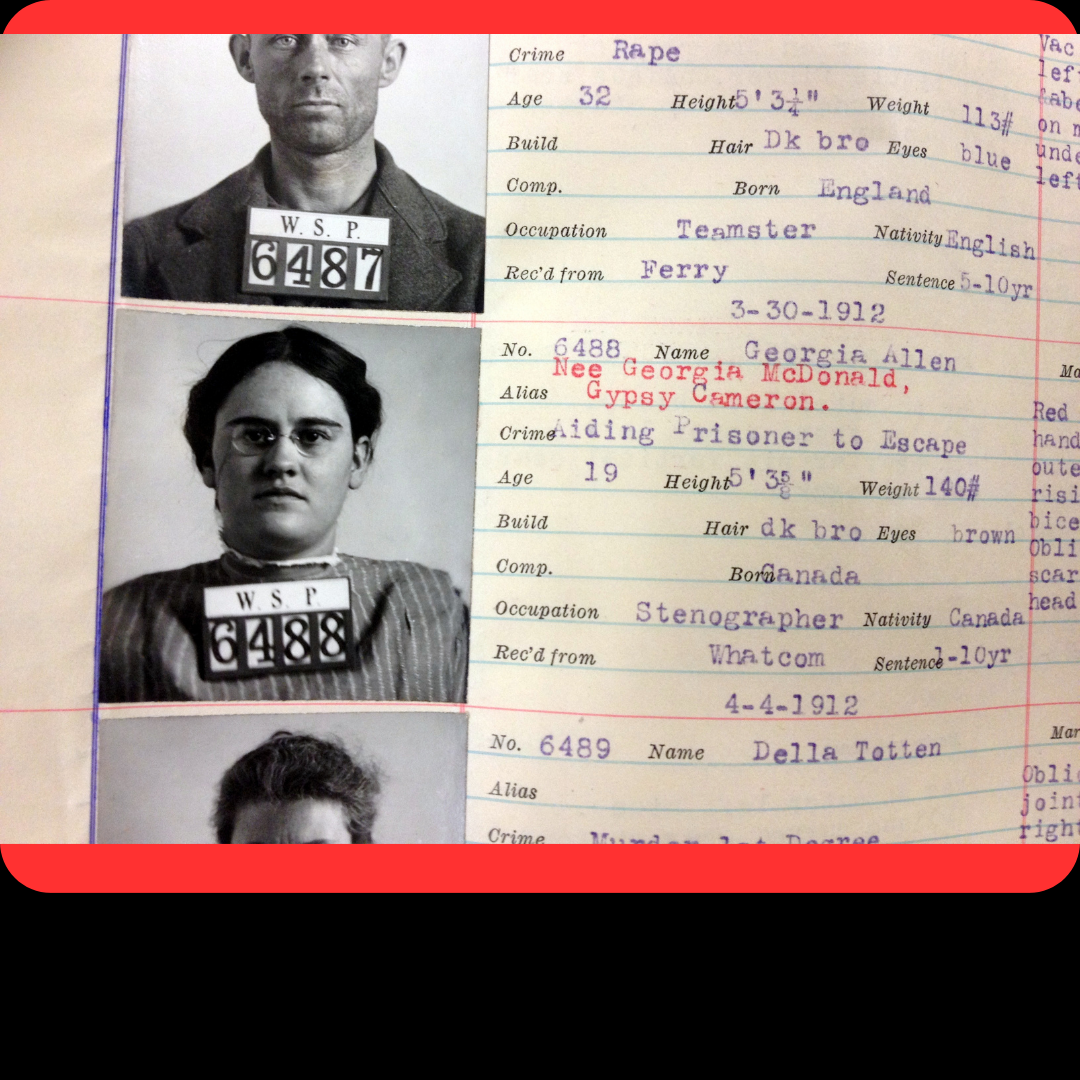

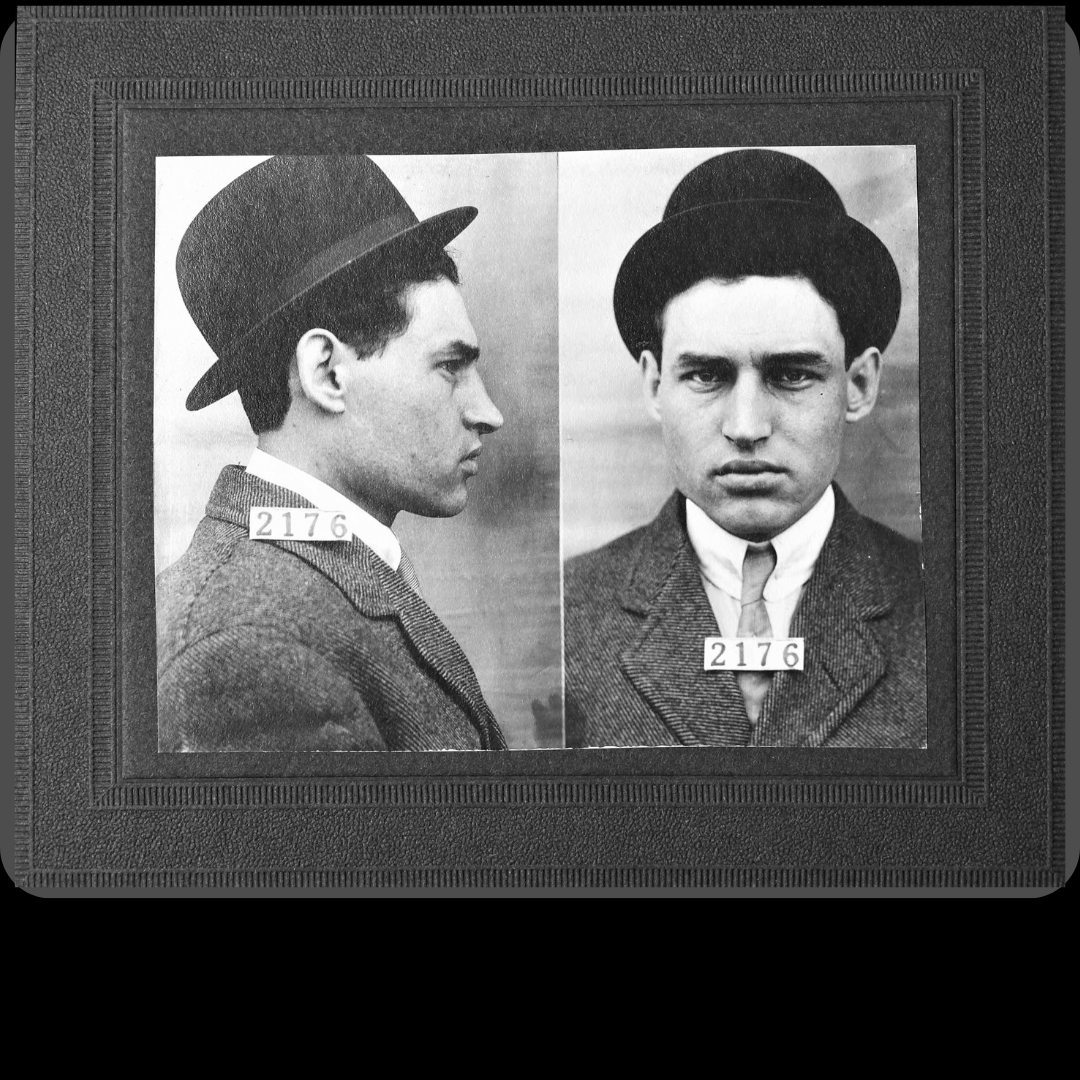

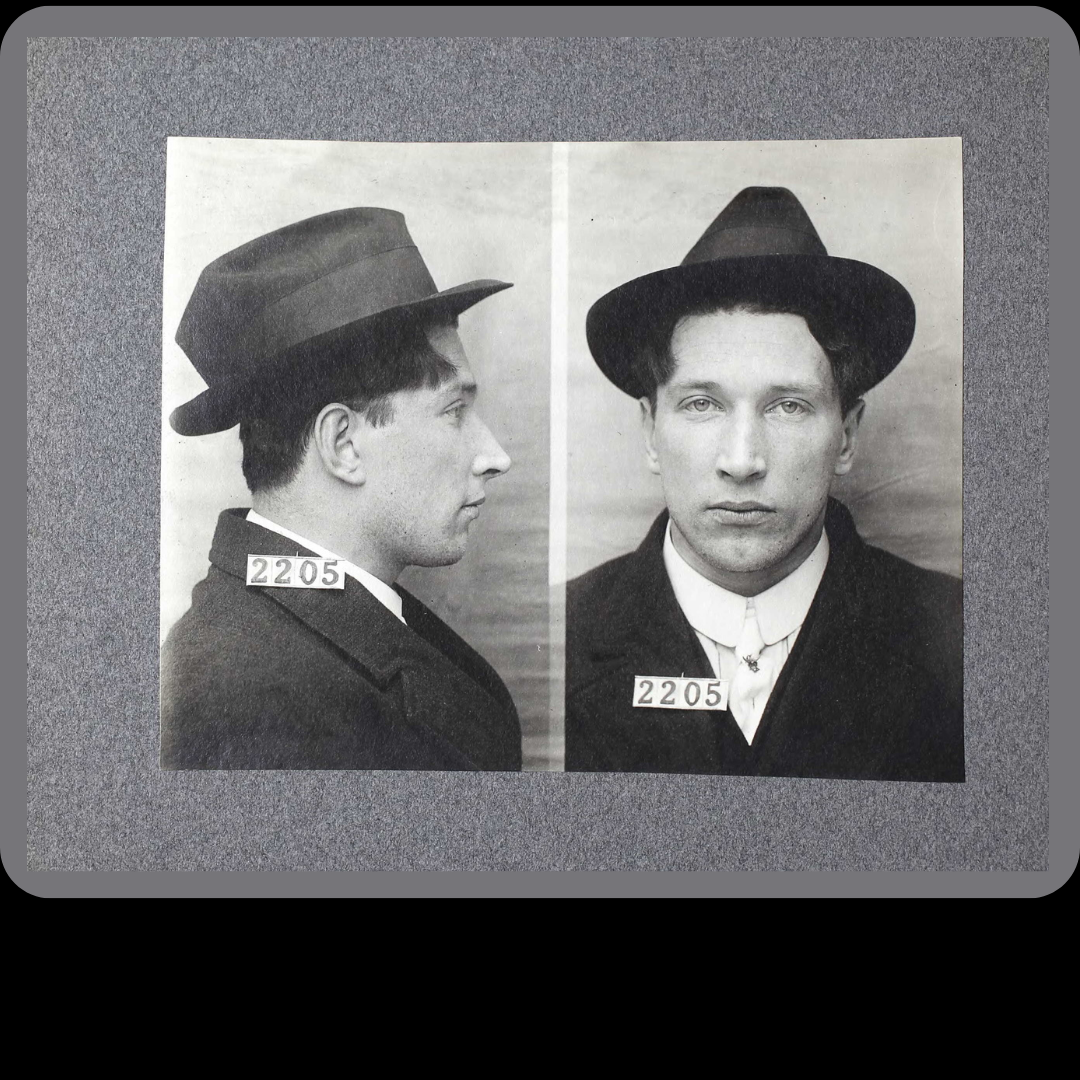
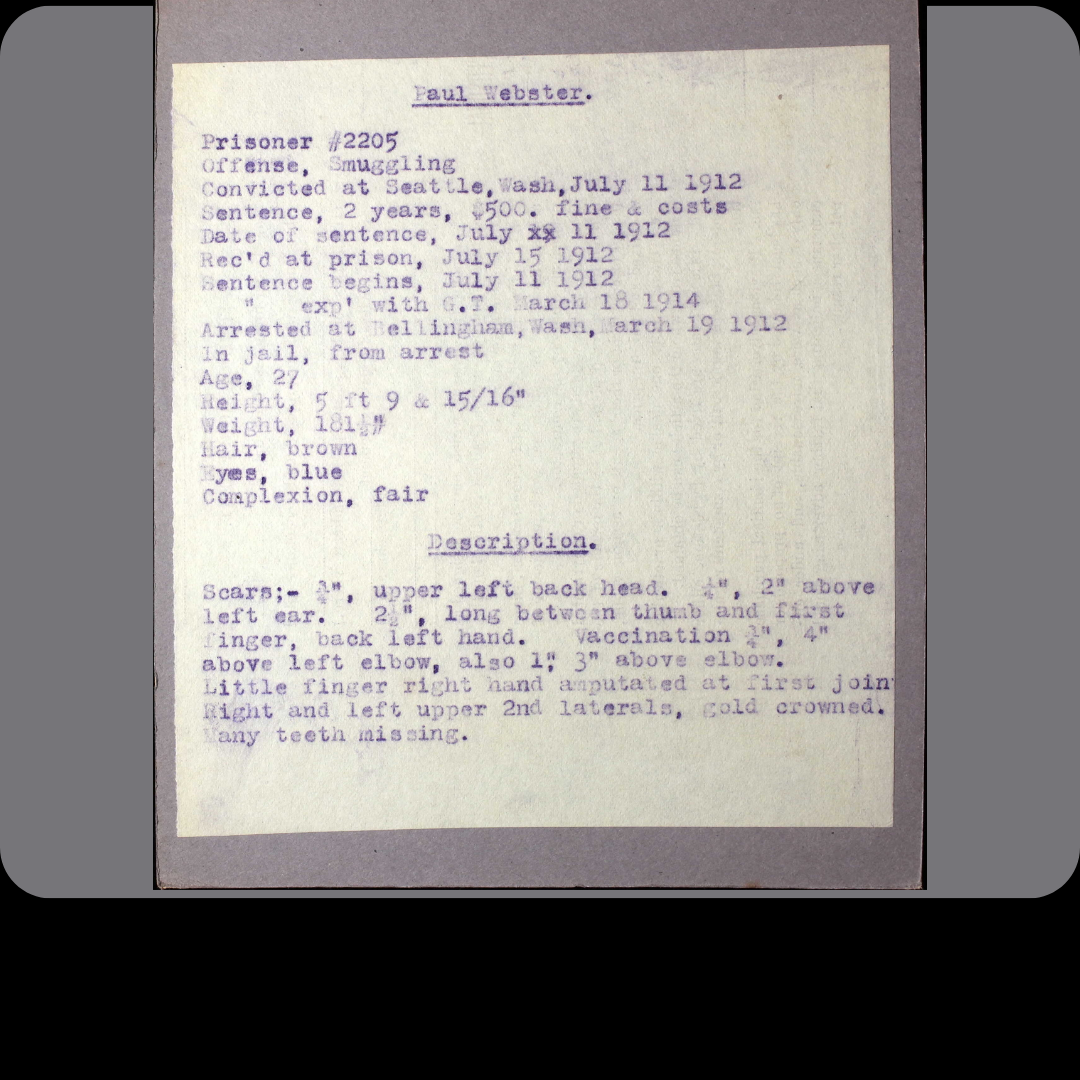
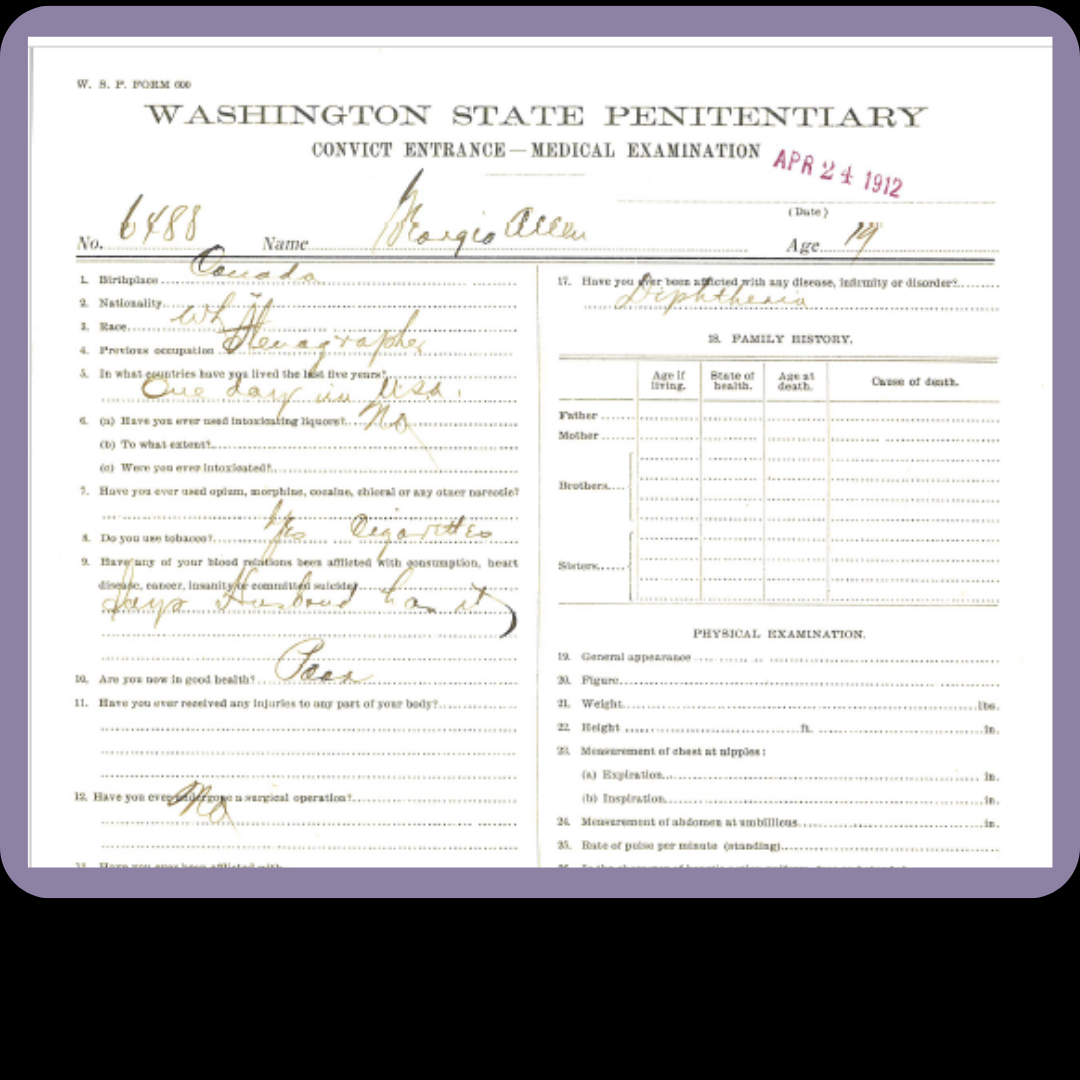
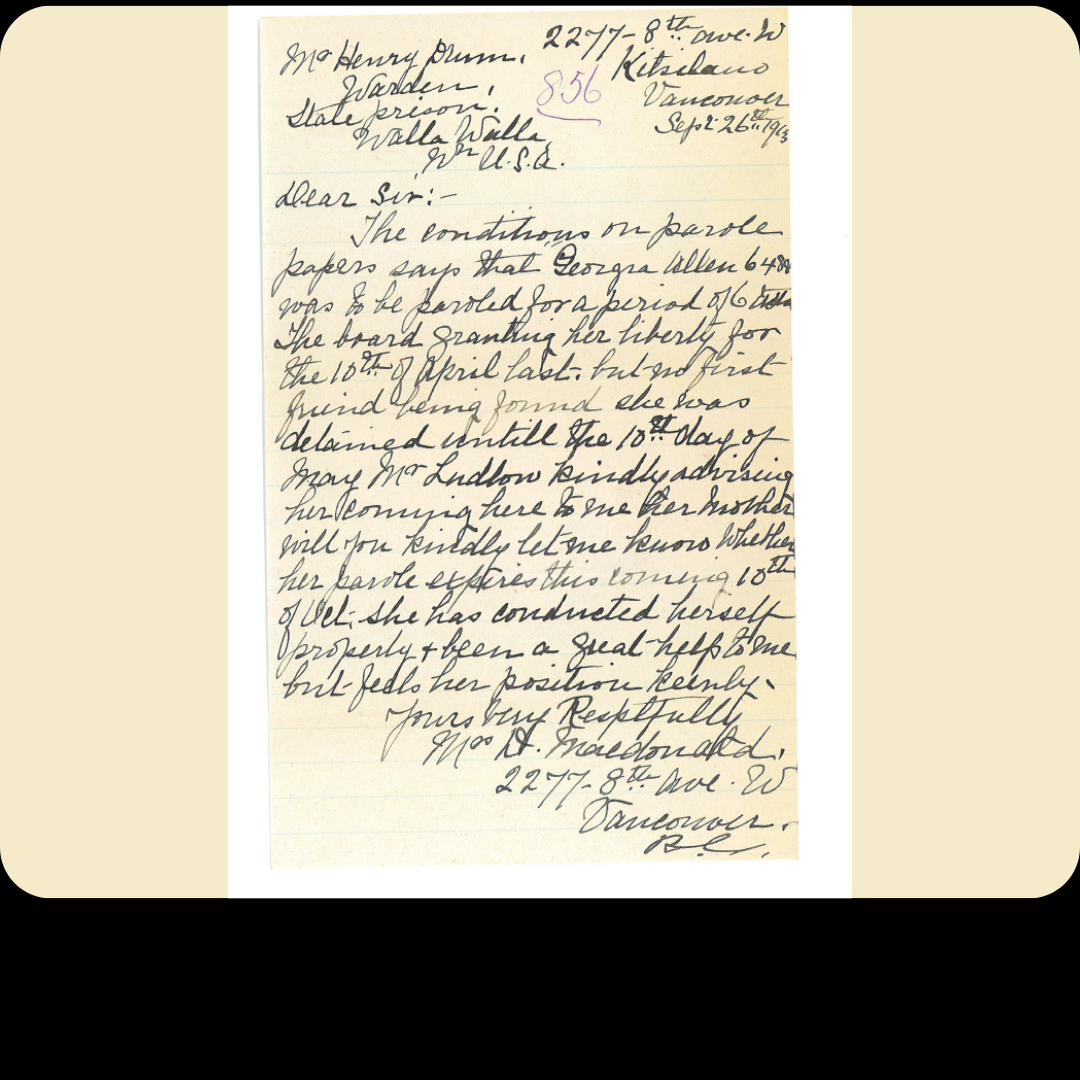
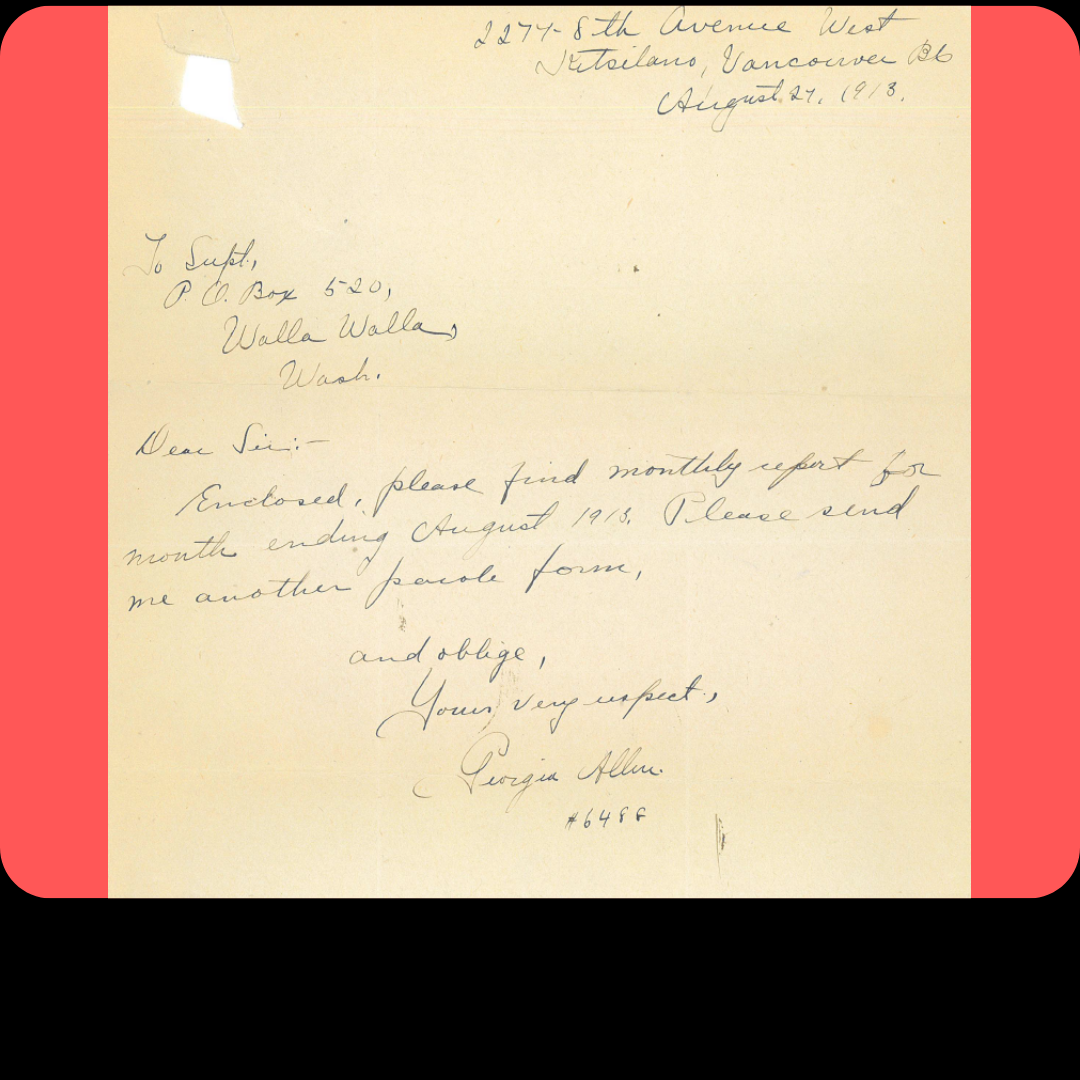
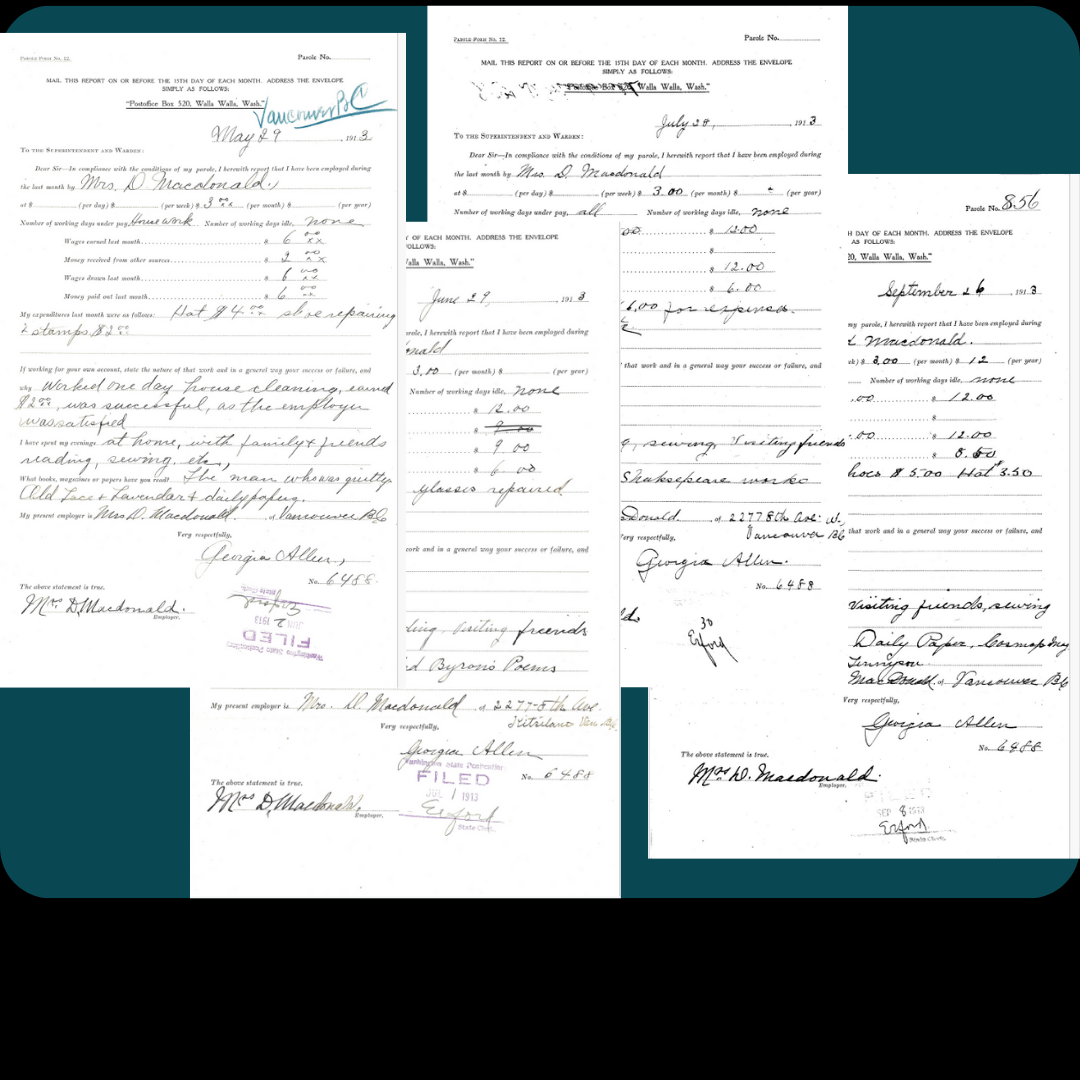
Also: See Georgia Allen’s unmarked grave here.
BAD TOWN #7 BAD (LADY) BARBER TOWN
In this week’s episode, we discuss a 1922 court case involving Bellingham’s “baddest” lady barber, Lorena Upper, accused of violating the “red light statute.”
Bad (Lady) Barber Town
The Good Time Girls have teamed up with the ladies of The City of Subdued Podcast to bring you a season of the darkest, the most oppressive, the spookiest, and the baaaaaadest parts of Bellingham History!
In this week’s episode #7 BAD (LADY) BARBER TOWN we discuss a 1922 court case involving Bellingham’s “baddest” lady barber, Lorena Upper, accused of violating the “red light statute.”
For more information see our 2014 blog post: https://bellinghistory.com/blog/2014/7/9/3dbl9umzrrdsl7lugkb44upetrn42e
You can also listen to the episode at any of these podcast-listening places: google podcasts, apple podcasts, spotify, or podbay!
Stereoscope card depicting “The New Woman Barber” by Universal View Company.
BAD TOWN #6 BAD LADY TOWN
If you didn’t already know - the Good Time Girls have teamed up with the ladies of The City of Subdued Podcast to bring you the darkest, the most oppressive, the spookiest, and the baaaaaadest parts of Bellingham History! In this week’s episode we feature stories of the less-often-arrested sex. We tell stories about women who ran afoul of the law, as well as the women charged with policing them!
It’s episode #6 BAD LADY TOWN
AKA Female Trouble, AKA Lady Problems, AKA… the Bad Bitches of Bad Town.
Apologies for the problematic gendered terminology, we mean these terms in their BROADest sense…. okay, apologies for the terrible pun. We truly are bad. Don’t get us wrong! WE ACKNOWLEDGE AND SUPPORT THE FLUIDITY OF SEX/GENDER!!!
If you didn’t already know - the Good Time Girls have teamed up with the ladies of The City of Subdued Podcast to bring you the darkest, the most oppressive, the spookiest, and the baaaaaadest parts of Bellingham History!
In this week’s episode we feature stories of the less-often-arrested sex. We tell stories about women who ran afoul of the law, as well as the women charged with policing them!
You can read more details on some of what we discuss in a previous blog here: https://bellinghistory.com/blog/2018/9/10/jail-tales-female-trouble
Meanwhile…
Mugshot of Georgia Allen, who was arrested in 1912 for attempting to aid prisoners to escape the Whatcom County Jail. She was sentenced to Walla Walla State Penitentiary at age 19.
Meet Georgia Allen, alias “Gypsy Cameron”
Back in the early years of the Good Time Girls, Marissa had visited the state archives and taken photos of various Walla Walla State Prison records. There were very few women included in those mugshots, and as this one was also arrested IN BELLINGHAM it really stood out to us.
Let’s talk about her mugshot... she looks like a pretty average 1912 era young lady, clearly not wealthy or fancy… she’s wearing spectacles on a chain… Through our modern lens she kinda looks like a librarian at first glance.
But Georgia clearly had an interesting, and decidedly hard, life… here are her stats:
Prisoner # 6488
Name: Georgia Allen Nee: Georgia McDonald Alias: Gypsy Cameron
Age: 19 Height 5’3” Weight: 140 lbs
Hair: dark brown Eyes: brown
Born in and native to Canada
Crime: Aiding prisoner to escape
Received from Whatcom April 4, 1912
Sentenced to 1-10 years
Marks and Scars: Red and blue tattoo, clasped hands on heart & wreath on outer left bicep. U.S. Flag, British Union Jack, rising sun & arrowhead (one design) outer right bicep. Oblique scar outer 2nd joint left thumb. Boil scar on back right wrist. Vertical scar on forehead, a little to left center.
You can also at any of these podcast-listening places: google podcasts, apple podcasts, spotify, or podbay as well as on local Bellingham radio station KMRE Thu Nov 12 2020, 10:00pm - 11:00pm
And stay tuned for more bad-lady-town fun next week with the true story of a GASP, female barber…
WELCOME TO BAD TOWN!
BAD TOWN #5 BAD TRIAL TOWN
THIS EPISODE’S STORY is about a murder that occurred on Forest Street, near the Majestic Hall in Bellingham, Washington. It is a rather sordid tale that involves a whole cast of seriously damaged folks. It’s about a man who shot his wife and his son-in-law,--- who was also his wife’s lover---. It’s about fancy-talking lawyers with pink toupees --and-- a particularly savage and patriarchal biblical law (even for the 1890's) filed under the Laws of Moses. And lastly, it’s about the flaws in our justice system then and NOW.
BAD TOWN #5 BAD TRIAL TOWN aka FOR THE LOVE OF MOSES
Content warning for domestic violence.
If you didn’t already know - the Good Time Girls have teamed up with the ladies of The City of Subdued Podcast to bring you the darkest, the most oppressive, the spookiest, and the baaaaaadest parts of Bellingham History!
THIS EPISODE’S STORY is about a murder that occurred on Forest Street, near the Majestic Hall in Bellingham, Washington. It is a rather sordid tale that involves a whole cast of seriously damaged folks. It’s about a man who shot his wife and his son-in-law,--- who was also his wife’s lover---. It’s about fancy-talking lawyers with pink toupees --and-- a particularly savage and patriarchal biblical law (even for the 1890's) filed under the Laws of Moses. And lastly, it’s about the flaws in our justice system then and NOW.
Don’t miss this epsisode if you are a true crime fan.
You can also listen on google podcasts, apple podcasts, spotify, or podbay!
To read more about this story, also see Todd Warger’s Murder & Mayhem in the Fourth Corner, True Stories of Whatcom, Skagit & San Juan Counties’ Earliest Homicides.
A Cold and Stormy Night - October, 1888
Ella Rhoads Higginson’s recollection of her arrival on the shores of Bellingham Bay on a dark night in October of 1888 and the “horrors” she encountered, is the perfect seasonal read for BellingHistory nerds. The story was written some 20 years after the fact and originally published in the American Reveille June 14, 1908. It was later reprinted in Edith Beebe Carhart’s 1926 compilation “A History of Bellingham, Washington” and in Lela Jackson Edson’s 1951 “The Fourth Corner.”
Ella Rhoads Higginson’s recollection of the “horrors” she encountered on her arrival on the shores of Bellingham Bay on a dark night in October of 1888 is a great seasonal read for Bellinghistory nerds. The story was written some 20 years after the fact and originally published in the American Reveille June 14, 1908. It was later reprinted in Edith Beebe Carhart’s 1926 compilation “A History of Bellingham, Washington” and in Lela Jackson Edson’s 1951 “The Fourth Corner.”
Ella Rhoads Higginson was born in Kansas and moved to Oregon with her parents as a very small child. She married Russell C. Higginson in 1885 in Portland, and they began their journey to Whatcom a few years later, having heard of the town’s latest “boom.” Those of you who have been on our tours and/or know a little about our local history can especially appreciate the picture she paints of what it was like for a “lady,” even one who grew up in Oregon Territory, to arrive on our shores in the 1880s.
My First Voyage to Bellingham
By Ella Higginson
It was a cold and stormy night in October, 1888, that we boarded the old Idaho – even the rheumatic and short of breath – bound for Sehome and Whatcom. A handful of lights flickered on the hills where now is one of the marvels of the country – Seattle.
Seattle claimed only 20,000 people in 1888; and neither Seattle nor Bellingham was ever known to claim less than it deserved.
There were two people on the Idaho that night whom I shall never forget. One was a girl from La Conner; the other was a deckhand. From the latter I received the first genuine, spontaneous kindness that cheered my heart on Puget Sound.
We had brought all the way from Eastern Oregon a big, black curly dog, named Jeff, who was precious. He was chained on the lower deck directly under our cabin, and his sobs and moans of loneliness made sleep impossible for me. I could hear the deckhands swearing and throwing things at him; but now and then a kind, sweet tenor voice consoled and comforted him.
But the sobs and moans continued. At two o’clock in the morning, I arose, dressed, and went down to the lower deck. The deck hands were all lying around on the floor sleeping. I was compelled to walk between them, around them, and almost over them to get to the dog. Finally one sat up.
“Can I do anything for you, lady?” said he; and it was the kind tenor voice that spoke – low not to arouse the other men.
I asked him if I might not stay down there with my dog.
“It wouldn’t be just the thing,” said he, politely. “But I’ll tell you what. You kind of introduce me to your dog, and I’ll lay down by him and pet him now and then.”
So I told Jeff that this man, whose face I could not see in the darkness, was a friend who would take care of him; and there was no further sound of grief from the dog that night.
I never saw the man and I never heard his voice again; but he is unforgotten. He belonged to the great Order of Kind Hearts, whose members may be found the world over, in high places and low.
The girl from La Conner I remember for another reason. We had read the most brilliant stories of Whatcom’s ‘booming’ prosperity, and our hopes were high. I sat on deck talking to the girl.
“Whatcom is having a boom, isn’t it?” said I, innocently. I used the word almost with awe, not knowing exactly what it meant, being from Oregon.
“Yes,” said the girl, yawning. “Whatcom is always having ‘booms’.” The words gave me a quick shock of apprehension, and in the years that followed they became a kind of household motto.
We left Seattle at eight o’clock on a Tuesday night and we did not reach Whatcom until midnight Wednesday. Where we were in the meantime I neither know nor care; but like the Wandering Jew, we ‘kept going’ all the time.
It was raining, and the light of the night was black. We landed at the old Colony wharf, nearly a mile out over the tide-flats. There was one man on the wharf, with a smoky lantern and a wheel-barrow, in which to carry the mail. “You’d better follow this lantern pretty close,” said he, cheerfully. “There’s some pretty terrible holes in this wharf. If you happen to step in one, you’re a goner from Gonerville, sure.”
We were exhausted with a long journey and loss of sleep; and our hearts were low as we went stumbling along behind that smoky lantern, expecting with every step to go plunging to the bottom of the bay.
At Thirteenth and C streets the wheelbarrow and the lantern stopped and we were left in inky darkness.
“There’s two good hotels,” a man told us. “One’s over on Fourteenth; the other’s the nearest. It’s straight up Thirteenth about two blocks. You’ll have to walk careful. They’re just raising the grade. Some’s raised and some ain’t and you’re liable to pitch down fifty feet onto the tideflats or into the bay. You’d best put down your umberell and jab along ahead of you with it.”
As we started out on our dismal procession, he called after us: “Say, lady! Hold up your dress! It’s soft oozy mud clean to your knees that you’ve got to wade through.”
There were no sidewalks; nothing but soft mud. We toiled painfully and silently through it. We could not see one another, we could not see the earth, nor the heavens. But at last we did see the ‘hotel,’ and when we had fully seen it, we turned about and retraced our steps, in search of the other ‘good’ one. The one to which we had ‘jabbed’ our way with our ‘umberell’ was a low saloon with three or four rooms above it. The saloon was full of men smoking, drinking, gambling and clog-dancing. One ‘fiddle’ squeaked out a pitiful discord, the player beating time with his foot.
At two o’clock in the morning we reached the ‘other.’ There was a saloon on one side of the hall, and a parlor on the other side. Mud dripped and oozed from our clothing and from the tip of every hair on the dog.
While negotiations for rooms were in progress in the saloon, I sat on the edge of a red plush chair in the parlor. Seeking for consolation in my extremity, I lifted my eyes to the pictures on the wall; and there, facing me and filling a black frame at least six feet square, was ‘The Court of Death.’ My feelings at that moment will be appreciated by those who knew the picture; and to those who do not, it is useless to attempt to describe them.
“This,” I said to myself, not knowing was yet to come, is the last straw” – and I shed my first tears on Puget Sound.
We were assigned the chamber of honor over the saloon; and scarcely had we fallen asleep when we were awakened by the most terrifying and blood-curdling sounds beneath us. Oaths, scuffles, groans of mortal agony, and pitiful calls for help, stupefied us with horror.
There was no key to our door and I had fortified it with a chair under the knob. I now arose and wheeled the bureau up against the chair; and if I could have budged the bed, I should have had it against the bureau, notwithstanding the scorn of the other occupant of the room.
In the morning we learned that a man had really been stabbed to death, and that it was his dying groans we had heard. Desperate, then, became our search for a place to live, and in our daily increasing anguish of body and mind, we even nerved ourselves to approach private residences and ask for rooms. Had it not been for the kindness of the late Mr. H.E. Waity, we could not have remained on the bay.
We settled down to live, at last in Sehome, which at that time consisted of Morse’s hardware store, Carter’s dry goods store, an eating house where one could do everything on earth save eat, a drug store, a livery stable, one cow – with her milk all engaged, yea to the last drop – a saloon for every ten men, and mud.
Between Sehome and Whatcom was solid forest. A wagon road wound between, but it was impassable, so we went to town on the beach – when the tide was out. When the tide was not out, we stayed at home.
There were no sidewalks in Sehome, and women waded about in rubber boots. But ah, the joy of those first years! All was “boom,” rush and excitement. Each day was better than the one that went before. Fortunes were made over night on corner lots and every frog on Sehome hill said, “Struck it – struck it!”
All old cities have names for different sections and it has long been one of my fondest hopes that the time would come when we of Bellingham would think enough of our town, of one another and of ourselves, to forget all personal feeling on the matter of names and revive the old ones to designate locally certain districts. Fairhaven, Whatcom, Sehome – these names are dear to our hearts, and I have never been able to understand why we should not retain them, just among ourselves, not as official names, but as names of affection; just as one keeps placing the little chair at the table after its little owner has gone away. When asked in what part of Bellingham I live, I should like to reply, “In Sehome” – without offense to any one.
At the end of her story Ella is referring to the ongoing kerfuffles and arguments over names as the various towns along the bay grew together. Even after finally consolidating as “Bellingham,” in 1903-4, tensions and rivalries remained between folks from “Fairhaven,” “Sehome,” and “Whatcom.” The name of Bellingham was chosen at consolidation for being the most neutral, being the name of the bay and a small settlement that had never been much and merged with Fairhaven. One down-voted suggestion was the awesome mash-up “What-Haven.” At any rate the names were still a contentious issue in 1908 when she wrote the piece. Now we do have neighborhoods, schools and more bearing the names of Sehome, Whatcom and Fairhaven, the latter having always managed to maintain a strong identity.
Though Bellingham has come a long way from the rowdy saloons on the mudflats of Bellingham Bay in 1888, most of us have had a few miserable travel experiences and can relate a little to Ella and her husband’s trials. The hotel they spent the night in is known to have been the Whatcom House at the corner of Astor (14th) and E Streets, run for many years by the John R. Jenkins family. The first hotel they opted not to stay in might have been the the Chicago House, built for J.P. DeMattos who later became mayor in circa 1886. (See the photo gallery below for images) or perhaps it was Jacob Beck’s “Pacific House” which also served as the towns first brewery. At any rate, most “hotels” at the time were little more than some rooms over a saloon.
The Higginsons settled in Sehome, where Russell operated a drug store on “Elk Street” (now State). Ella Higginson began her writing career, publishing short stories and poems, most set in or inspired by the Pacific Northwest. Ella was awarded title Poet Laureate of Washington in 1931, and passed away at her home in December of 1940. The Higginson’s beautiful house on Sehome hill was torn down in 1960 to make room for WWU’s Viking Commons. “Higginson Hall” was named in honor of them.
Ella Higginson became largely forgotten over time, until recently thanks to Laura Laffrado of WWU who is responsible for the revival and republishing of Ella’s work and legacy, complete with the installation of a bronze bust of Ella at Wilson Library at WWU in November of last year.
Check out our photo gallery of related images and links to more things “Ella Higginson” below.
Jail Tales: Female Trouble
Given that much of the subject matter on our tours involves lawbreaking folks, we have always been particularly interested in the jail, and in particular the experiences of women in the legal system. On our Downtown Sin and Gin Tours, we discuss the creation of the women’s ward in the jail, and the hiring of female wardens. In case you can’t get enough jail fun facts, here’s a sampler of some jail history from our notes.
Kolby touring the old city hall basement jail in 2015, left. Padded cell door exterior, right.
Exciting news! The Whatcom Museum has opened the former jail in the basement of the old city hall building to the public! Back in 2015, we had the privilege of giving tours of the basement at a museum event and can vouch that there are great stories about the old jail awaiting you.
Given that much of the subject matter on our tours involves lawbreaking folks, we have always been particularly interested in the jail, and in particular about the experiences of women in the legal system. On our Downtown Sin and Gin Tours, we discuss the creation of the women’s ward in the jail, and the hiring of female wardens.
In case you can’t get enough jail fun facts, here’s a sampler of some lady-jail history from our notes…
In the early days of the fledgling towns on Bellingham Bay not many women were getting arrested. They were certainly outnumbered by men, but also just didn’t commit as many crimes, either grand or petty. Prostitution was tolerated and legally sanctioned in the town of Whatcom’s Red Light District through 1910. Jails were makeshift during the early years, and the towns along the bay used a variety of re-purposed buildings and small structures for the mostly male prisoners. Jail was often adorably referred to as a “calaboose.”
During the boom years of the 1890’s, the town of New Whatcom commissioned a new city hall on Prospect Street in an attempt to look fancier than their rival town of Fairhaven. The basement of the building was to be the new city jail.
City hall and neighboring fire station, left. Fire Insurance map showing “calaboose,” (jail) in Fairhaven, 1890, right.
The new city jail contained a free-standing steel cage with 2 cells as well as a “dungeon” for the prisoners. Women who were arrested were usually put in “solitary” to keep them separated from the male prisoners. Apparently there was an assumption that there wouldn’t be more than one female prisoner and that if there was one, they wouldn’t be there for long.
New Whatcom and Fairhaven grew together and united as Bellingham in 1903. As the town grew so did its population of “criminals,” and it didn’t take long for the new jail to become crowded and unsanitary. In the winter months, it was reported that 25-40 men were crammed into a space meant for 4-6. The solitary cell in which women were confined was described as a very small room with one “filthy mattress,” lacking in ventilation. The conditions became so bad that a judge refused to sentence any women to the jail, calling it “not fit for human habitation.”
A solution was reached in 1907 by making space for the judge’s quarters upstairs and creating a make-shift women’s ward from his old rooms. Because the new ward had standard walls instead of brick or stone, the Police Chief worried that “an irate woman armed with a bedpost could easily smash her way out of jail.”
In December of 1908 the jail hosted one famous (or perhaps infamous) female prisoner when the “High Priestess of Anarchy,” Emma Goldman came to town. A writer and lecturer on anarchist philosophy, women's rights, and social issues, Goldman was on a speaking tour of the west and was scheduled to speak at the Bellingham Theater. Mayor DeMattos was having none of it and ordered her to be arrested on the charge of “attempting to incite a riot.” She spent the night in jail, her bond fixed at $5,000, and was ordered to leave town the following day.
After whiskey bottles were found in the women’s ward in 1909, jailers lamented the need to put heavy screens over the already barred windows of the building. They also continued to worry about potential breakouts - “a woman handy with a hammer and saw, both of which could be smuggled in through the windows, would have no trouble in demolishing the side of the jail wall and making her escape.” We found no records of women breaking out of jail through the walls, though one or two managed to walk out the door. Male prisoners on the other hand, did attempt to chisel their way out on more than one occasion, with varying results.
In the early 1900’s Bellingham had over 60 saloons, but the Women’s Christian Temperance Union and the Anti-Saloon league had established their presence, and both were increasing pressure on the city to curb its vice. In 1909 a group of prominent men formed “The Municipal League” with the goal of cleaning up the town, promising “an endless campaign for the moral betterment and the health of the city.”
Coinciding with these efforts Miss Ella L. Belyea petitioned the city for a position on the police force. Ella had been working for the newly organized Y.W.C.A. of Bellingham and had made it her mission to intercept young women arriving at the train station to make sure they didn’t fall into the “wrong line” of employment - perhaps a legitimate concern given that the Red Light District was directly across the tracks from the station.
Ella Belyea became the first woman to fill a position on the Police Department. Job competition was not exactly stiff. The Herald reported that the city had been “flooded” with applications for other civil service positions such as truant officer and water inspector. Not one person other than Miss Belyea applied for the position of Police Matron.
As the moral crusade to clean up the old wild-west ways continued, the Municipal League began to agitate for the closure of the city’s Red Light District, and State Legislature passed a "local option" bill giving each municipality the right to ban saloon operations within their city limits. Almost simultaneously in 1910 Bellingham voted not only to shut down the Red Light District but to go “dry” as well. The police department suddenly had their hands full to overflowing with criminals of all sorts. An ordinance requiring compulsory jail time for the sale of liquor was creating a glut of prisoners, and women were suddenly being arrested for both prostitution and liquor violations.
“…RIVER 1930… DRUNK 30 DAYS” Historical Graffiti in Bellingham’s old jail in the basement of old city hall, now home of the Whatcom Museum of History and Art.
A mere year after becoming police matron, Ella Belyea left for the east coast where she took a job as superintendent of a large orphanage. The department hired Edith Fuller, a kindergarten teacher who lived with her aged mother, to replace her.
No sooner had Edith been hired than the City of Bellingham declared the need for budget cutbacks and the matron position was on the line. Women’s groups such as the Y.W.C.A. demanded the retention of the position, however Edith left on her own after she was offered a better paying job by the Yakima police department.
The Bellingham department was not inclined to hire a replacement matron, since they already had two men on voluntary leave of absence. The city was having a hard time adjusting to the enormous loss of revenue from saloon licenses and the Red Light District, along with the need to increase policing of these newly criminalized populations. The jail situation had only gotten worse.
Police Chief McFadden lamented the conditions of the overly taxed jail:
“The city jail contains more prisoners than the laws of man ever intended it to accommodate. Bugs are rampant… the female quarters are punk, the prisoners cannot take a bath unless [fire] Chief Marsh souses them with the gasoline-driven joy-wagon [fire-engine], or unless they are tied to a rope and keel-hauled from the outmost point of Sehome dock…”
Women’s clubs again voiced their demands for a police matron, and the city soon persuaded Edith Fuller to come back and resume the job; presumably offering better pay.
Edith’s job not only involved dealing with female prisoners, she was also a “protective officer,” expected to keep young women out of trouble in the first place. Edith continued Ella Bellyea’s efforts at intercepting women at the train station, as well as inspecting theaters and dance halls for any hanky-panky.
Edith’s initial assessment of the situation of Bellingham’s young ladies was rather dire, telling the Herald that 50% of girls were “deceiving their mothers,” while blaming parents for being too lax. Edith called for help in censoring moving pictures and was supposedly planning to deputize “pretty girls” to help quell the “masher nuisance” by arresting any man who paid them unwanted attentions.
Edith worked out a system of probation for troubled girls. While awaiting a hearing, girls were kept in homes and cared for by a “Christian” woman who would look after them “just as a mother would.” If they didn’t shape up they were “quietly sent away to some good training school…” Edith explained:
“The idea of the department is to cause the girls to see the error of their ways without the publicity of a trial, and in this way to lift them up to a higher plane, to cause them to regain their self-respect and to live a clean and moral life.”
Edith’s protective work reportedly had such good results; the department received nation-wide attention and inquiries about her methods.
Despite all her efforts and good results, the city jail continued receiving “fallen women” with regularity. With agitation from Edith, conditions in the jail saw minor improvements in 1913 when the women’s ward got a private “lavatory,” consisting of a toilet and sink with cold water only. A few years later the jail reportedly housed six women in a space designed for two with a cement floor damp from water seepage. Edith lobbied for the installment a wooden floor and enough sleeping accommodations for three people, a heater and access to hot water (provided by the chief in buckets).
Budget cuts in 1921 put Edith’s position on the line once again. A letter to the editor in the Herald exclaimed:
“It seems impossible to believe that anyone familiar with the nature and quality of our present police matron’s work would favor a reduction of her meager salary. Her work necessarily is unknown to the general public, but nevertheless it is highly efficient… Her ‘beat’ is the entire city and her ‘shift’ many times more than eight hours… she has been offered similar positions in other cities at better salaries.”
Edith remained on the force for five more years. In 1926 Edith retired at age 49, after her marriage to the widower Reverend Luther J. Covington. The city hired Mrs. Charlotte E. Strong as Edith’s replacement.
Mrs. Charlotte Strong looks as if she could handle herself, but what’s with publishing her address….?
In 1932 as prohibition wound down the small room used as a “liquor vault” was made over into a padded cell. Despite clearing out the booze and presumably fewer alcohol related arrests, the jail was still squeezed for space. With accommodations for 8-10 prisoners maximum, overflow prisoners were regularly sent to the county jail. Women who were jailed still lacked access to bathing facilities, sometimes confined for over a week without more than a sink and bucket to wash with.
By 1938 WPA funds made possible the construction of a new City Hall on Lottie Street, with larger, modern jail facilities. When the new building opened in December of 1939, “three prisoners from the old quarters were transferred to the new jail and they were busy working shoulder to shoulder with the officers in unpacking records and equipment.” The new jail had “modern roomy quarters,” with air conditioning, an inter-office communication system, and an actual kitchen. There were six cells for men, two for women, two for juveniles, and one padded cell. The Herald commented that “the old jail that had been wedged into the basement was an abomination.”
City hall was built in 1938-1939 on Lottie Street with a new bigger jail.
Of course the shiny new jail didn’t stay cushy for long. Overcrowding and poor conditions in the city jail have been a continuous problem over the years and budgets never seem to be enough to improve things for long. There are still fewer women arrested than men, and still fewer women working in law enforcement, and these women’s stories are perhaps still heard less often. As the saying goes, the more things change, the more they stay the same.
Jail is no fun for anyone, unless you are a fellow history enthusiast visiting ye olde timey jail! So go get yerselves booked down in the basement of old city hall and be glad you don’t have to chisel your way out! Find out more here: https://www.whatcommuseum.org/event/old-city-hall-history-tour/2018-09-16/
Note: The header photo of a jail cage is not from the actual jail, but it is the same type of free-standing metal cage cells they would have had. The matchbook below is likely a gag… if anyone knows more about it message us!
{Sources: The Bellingham Herald, Sanborn Fire Insurance Maps - contact for further details]
Case Study: Lorena Upper the Female Barber
From these articles, it appears that Lorena was harassed while she was with customers, peeped-on through a spy hole, beaten by her accuser, and the case against her relied entirely on eyewitness testimony that itself relied heavily on euphemism and innuendo. The city brought forth witnesses who were almost entirely local business men and whose testimony is dripping with hearsay.
We have been ramping up our research here at The Bureau of Historical Investigation. Kolby LaBree, one our Investigators, found some articles that intrigued us about a female business owner who was accused of being a prostitute in 1922. Here are Kolby’s summaries of the Bellingham Herald Articles that reported on the case:
1922 Apr 18 Tues – “Red Light” Statute Is Invoked Against Woman
“Charges under the “red light” statute filed by prosecutor against ‘Jane Doe’ Upper, a woman said to be conducting a barber shop at 309 West Holly Street. On the allegation that she was using rooms in the building for immoral purposes… asked that she be fined $300 and injunction placed prohibiting use of building for six months.”
1922 Apr 25 Tues – Woman Alleges Tailor Gave Her Black Optic…
“Spilling neighborhood affairs freely, Mrs. Lorena Upper, lady barber at 309 West Holly Street, was in superior court late yesterday to answer why her shop should not be closed for six months and why she should not be fined $300 in accordance with the request of prosecuting attorney Loomis Baldrey, who is seeking to invoke the ‘red light’ abatement act of injunction on grounds that the shop has been used for immoral purposes.
Mrs. Upper alleged that James O. Bennet, a tailor who occupies part of the building where she has a shop, gave her a ‘black eye’ and accused him of being a ‘troublemaker.’ She stated they made trouble for her ‘from the first’ and shouted ‘insinuating things’ through the partition while she was shaving customers.
Situation culminated in personal encounter… fracas in which Bennett allegedly ‘landed a strong wallop on one of Mrs. Upper’s eyes’ … Mrs. Upper denies her shop ever used for any immoral purposes.”
1922 Apr 28 Fri – WOMAN IS ON TRIAL Defendant blames “Enemies”
“Swearing that James Bennett, tailor, at 309 W Holly Street, his wife, Harriet, and their employees had been trying for weeks ‘to get something on’ Lorena Upper, lady barber, in the same building, so that she could be forced out of the neighborhood, Tufus B. Hampel, salesman for Bennett himself told many damaging things in superior court… ‘I stood on a trunk… and looked through an old window into her back room and saw things that were decidedly raw. The partition was thin between the Bennett’s shop and the barber shop. Between the back rooms was a window that had in the past been papered over…’
Hampel said he worked for Bennett only six weeks… described two men he saw in the room with the defendant. One was a logger, a ‘a big rough fellow,’ and the other was an old man ‘in the naughty age’ swore Hampel.
Mrs. Upper is small and dainty, has hair of a reddish cast and wears nose-glasses. Someone said she did not appear to be over 25, but it was stated she had a daughter 19 years of age who kept the shop with her.
Mrs. Upper was cited by the court and show cause why she should not be fined $300 and her shop closed…Prosecuting attorney Loomis Baldrey, charged the place had been used for immoral purposes. Mrs. Upper denied the charges.
Noel Provanche, nearby tobacconist, swore from the talk he heard in his store from traveling men and others gave him to understand the general reputation of the shop was ‘pretty bad’… also testimony from electric company businessman from across the street, and a tailor who passed by regularly.
Dick Drain, deputy sheriff, told of persistent surveillance… gave damaging evidence. Swore he saw a traveling man in a Paige car and Mrs. Upper drive away from the shop one evening.”
1922 Apr 29 Saturday – Injunction Granted – Closing of Woman’s Barber Shop Ordered by Court….
“Judgement against Mrs. Lorena Upper in the ‘red light’ abatement case on in superior court yesterday and today. In accordance with the application of Prosecuting Attorney Loomis Baldrey a permanent injunction on her barbershop at 309 West Holly street, and the fine of $300 were allowed. The contents of the shop will be sold to pay the costs… Mrs. Upper, on the stand this morning, said that she had learned the barber trade at Vancouver fourteen years ago, and that she had worked at the chair in that city, Calgary, Astoria, Los Angeles, San Francisco, Seattle and at Aberdeen for several years. She said her daughter is seeking a divorce from her husband, named Cannon, and that she plans to marry Ellsworth Sperry, formerly of this city. Sperry, it was indicated, was the girl’s ‘Tall’ friend. Mrs. Upper denied misconduct at her shop and said she had never done or said anything ‘out of the way.’
Dr. Connor O. Reed, the family physician, said on the stand that the mother and Mr. Upper had asked him to try to influence the daughter to “keep more sensible hours.”
Witnesses called by the state yesterday were J.E. Dorr, former chief of police; G.W. Evans, police patrolman, called to the shop after there had been an affair in the street at the time Mrs. Upper claimed that Bennett had given her a black eye; and Bennett himself. … who said there had been rough and unbecoming talk and conversations and practices in the shop for the last six months…. He swore he heard the door being locked when customers went there for barber work.… there was some kind of public physical altercation with Mr. Bennett, his wife, and Mrs. Upper.
Mrs. Upper’s daughter, Thelma Cannon, 19 years of age, worked at the shop, Williams said. He declared that persons had at times slept in the barber shop back room at night. Twice, he said, he had seen a ‘tall man’ leave of mornings, after hearing the occupants arise and get breakfast. Mr. and Mrs. Upper swore they had frequently stayed all night in the shop, but the state pointed out that Upper is not a tall man. Mrs. Upper admitted her daughter had remained away from home several nights.”
Kolby also found a mention that 1926 Lorena filed divorce against her husband Louis Upper for nonsupport in Seattle Daily Times Feb 12, 1926, and it looks like her daughter Thelma Cannon never married that guy, who was a musician, and she seems to have dabbled in vaudeville.
Mrs. Upper's Barber Shop was located in the second building to the left of the White House Building in this picture. The small building directly to the left of the White House is now Fourth Corner Frames. In the later 20s, the upstairs was known as the “Tama Rooms,” a popular spot to which the police were called regularly but was allowed to operate as a brothel for over a decade.
It is impossible for us to know all the details about this case, it is hard to say exactly what happened. Whether this Mrs. Upper was actually using her Barber Shop as a front for sex work, or her daughter was, or her daughter was using the shop to carry out brief affairs (casual sex as we know it today has it’s roots in the youth culture of the 1920s), OR James Bennett made it all up so he could get rid of his neighbor, we don’t know. What this case seems to highlight, however, is the extent to which sexism affected the lives of women and female business owners in particular in 1920s Bellingham.
From these articles, it appears that Lorena was harassed while she was with customers, peeped-on through a spy hole, beaten by her accuser, and the case against her relied entirely on eyewitness testimony that itself relied heavily on euphemism and innuendo. The city brought forth witnesses who were almost entirely local business men and whose testimony is dripping with hearsay.
“Noel Provanche, nearby tobacconist, swore from the talk he heard in his store from traveling men and others gave him to understand the general reputation of the shop was ‘pretty bad’ …”
“Pretty bad” you say!?! Thank you Mr. Provanche, you have been pretty helpful.
There doesn’t seem to be anything said about the male-customers that seems out of the ordinary. Saying that men went to a barber shop isn’t exactly damning testimony. Even if those men weren’t someone the witness wanted to hang out with.
“Hampel said he worked for Bennett only six weeks… described two men he saw in the room with the defendant. One was a logger, a ‘a big rough fellow,’ and the other was an old man ‘in the naughty age’ swore Hampel.”
Female barbers were very rare in the 1920s. Some barber colleges refused to train women. The motivations of any woman who wanted to be a barber were suspect. Sensationalized accounts from New York and Chicago reference women starting to pop up in barber shops in the late 1870s. These stories emphasize the sexuality of the professionals and imply that their participation in the trade was a gimmick to bring in more customers.
“The author of one article, written in 1879, admitted experiencing some secret pleasure at having a young woman, around 26 years of age, give him a shave. He notes with appreciation the ‘elegance of her figure’ but then has visions of Judith, the Jewish hero from the Book of Judith who saves her people by ingeniously gaining access to the tent of the enemy’s champion fighter and then cutting off his head while he slept. Other men are much less conflicted about having female hair stylists. ‘Look at the advantages of coming here,’ stated one man when interviewed at a salon. He then turns ‘to focus on a blond in white pants, white sweater, and high heels,’ stating, ‘You don’t get scenery like that in a barber shop.’ While a woman will typically make less in barber shops then [sic] in a salon, ‘a girl’s gonna get more customers than a guy barber, especially if she’s voluptuous, if you know what I mean,’ one barber stated.”
By the 1920s, after the first-wave of feminism brought suffrage to women in the U.S., ordinary women started to challenge traditional gender roles. Flappers, bobbed-hair, birth control, drinking in public; these things might fly in big cities, but in Bellingham a woman working in a profession thought of as a traditionally male occupation may have ruffled some feathers. An attractive and young looking married woman wants to own a business where she is going to compete with male-owned businesses and where she is going to be alone with her male clientele!?!?
Skank.
Not to mention that the city’s policy towards sex-work in Bellingham at this point was pretty laissez faire. Brothels were mostly tolerated through the 1940s unless they employed or catered to people of color. The problem with Mrs. Upper, from the city's point of view, may have been that if she was working as a prostitute, she was doing so while acting as her own representation. She didn’t have a madame. The statutes that had allowed prostitution within a restricted or "red-light" district until 1910, had required all sex-workers to be operating under the supervision of a madame. The madames weren’t supposed to be seeing clients themselves. This groundwork seems to have been the basis for later unwritten rules about the sex trade in Bellingham that continued until after the end of WWII.
Evoking the red-light laws as a mode of maintaining the status quo might have been the last resort for local businessmen and law enforcement who were already notorious for using anti-pimping statutes to keep unemployed black men out of town.
Again, we don’t know for sure what Mrs. Upper actually did, but it is pretty clear that no specific proof was used to convict her and that the treatment of her case in the court and the local media was pretty sexist by our modern standards. Maybe the judge felt justified and declared a writ of “If it looks like a slut, walks like a slut, acts like a slut…” but I can’t shake the feeling that these accusations were pretty unfounded, and that the press could have been a little more aghast at the fact that Lenora was punched in the face by a man than at the supposition that she may have had consensual sex for money.
We will look into the court documents for this case and try to see if any charges were ever brought up against Mr. Benett. Until then, I am going to try to decide how much things have changed around here since 1922.
As I typed that, two young men walked by our door at The Bureau of Historical Investigation, giggling, “Good Time Girls?!?!” one of them read from our sandwich board advertising our guided tours with a voice that echoed raised eyebrows.
There is still work to be done.
Repost: Early Mugshots of Women in Vancouver, BC
After my standard explanation of GTG and a half second of fear that the archivist was going to be offended by the very nature of my research-- this is uber polite Canada afterall-- she suggested I take a look at a book called “The Rogues Gallery.”
On a recent visit to Vancouver, BC I sat in a coffee shop. Watching people scoot along about their day in the grey, damp weather, it really didn’t feel that far away from Bellingham, Washington. Situated a mere 50 miles Northwest of Bellingham, Vancouver seems a lot like the future that early B’ham boosters had in mind for their small frontier logging town - only... you know... in a different country.
In fact in the 1850s and 60s Bellingham seems to have seen itself more in competition with Victoria and Vancouver than with Seattle. When it comes to who won the race to become the next metropolitan commercial hub of the Pacific Northwest though, Vancouver definitely won out.
This got me thinking: Bellingham, as a historical research subject, is a challenge. The Good Time Girls are constantly asked for photos of women who work as prostitutes. Sadly though, confirmed studio photographs and even mugshots of these women do not exist. Unlike their contemporaries in other western cities of the late 1800s, madames don’t seem to have advertised by having their girl’s pictures taken in front of their establishments.
Was Vancouver a big enough city to have taken and kept mugshots as part of the booking process at their jail? A trip to the Vancouver Archives seemed in order.
After my standard explanation of GTG and a half second of fear that the archivist was going to be offended by the very nature of my research-- this is uber polite Canada afterall-- she suggested I take a look at a book called “The Rogues Gallery.”
“Yes, please!” I said excitedly.
I was told that the book is from the 1900s-1910s, and had been used as a way to identify criminals in an age before photo identification. Each entry included a photograph and basic information about the criminal, his or her crime, whether or not they were convicted, and what their sentence was.
Trilby Thorne arrested 1904 for being "an inmate of a bawdy house." Rogues Gallery, Vancouver Archives.
I was nervous even touching it. We had been studying local sex workers for almost two years without ever seeing one; we are like cryptozoologists in that way. We have seen grainy photos of women up on the balcony over a saloon in Fairhaven, but who is to say what they did for their wages? Sex workers were transient, and the border between the States and Canada was much more permeable at the turn of the century. A lot of newspaper and criminal records refer to women who had come to Bellingham from Victoria and Vancouver to be madames and prostitutes. Would it be possible that, in looking at women who worked in Vancouver, that I would see women who had also worked in Bellingham? Would I recognize any names?
Miss Trilby Thorne got busted more than once. Rogues Gallery, Vancouver Archives.
What I found was exactly what I had expected to see after years of research: Photos of women, mostly between the ages of 21-35, mostly beautiful and well dressed, and a few who seemed very down on their luck. Many are listed as being from the US but none are recorded as being from Bellingham specifically. That is fine, I’m just so excited to have faces to conjure when someone asks me a question about “old hookers” or “those women” or-- the very worst-- whores. Next time that happens, I will think about Trilby Thorne or Lizzie Cooke and calmly explain that those women were women, and they probably weren’t what you would expect. Which is the best part about researching their lives.
A few notes of interest: These women were not very often arrested for crimes directly related to prostitution and when they were, they were almost always charged for being “a common streetwalker.” This was because, just like in Bellingham, women who worked as prostitutes were discouraged to drum up business on the streets. They were to be relegated to brothels with madames so they could be kept an eye on and-- in theory-- less likely to be the victims of violence. This means that we may be missing a major piece of the puzzle. Women who plied their trade in brothels would be unlikely to turn up in The Rogues Gallery.
Dupont Street was the Restricted District or Redlight District of Vancouver. Many of these women were arrested there or gave it as an address.
Gallery

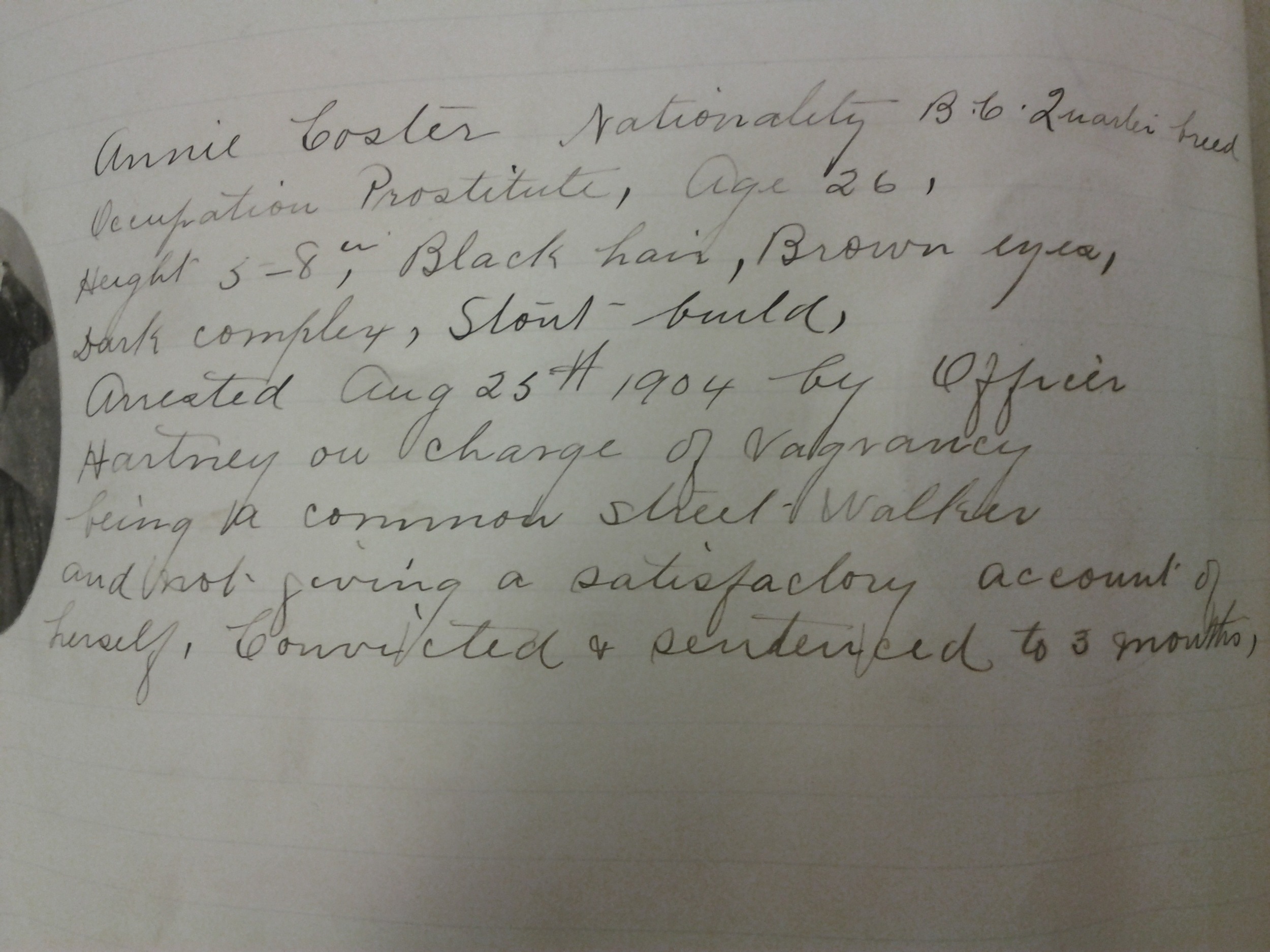

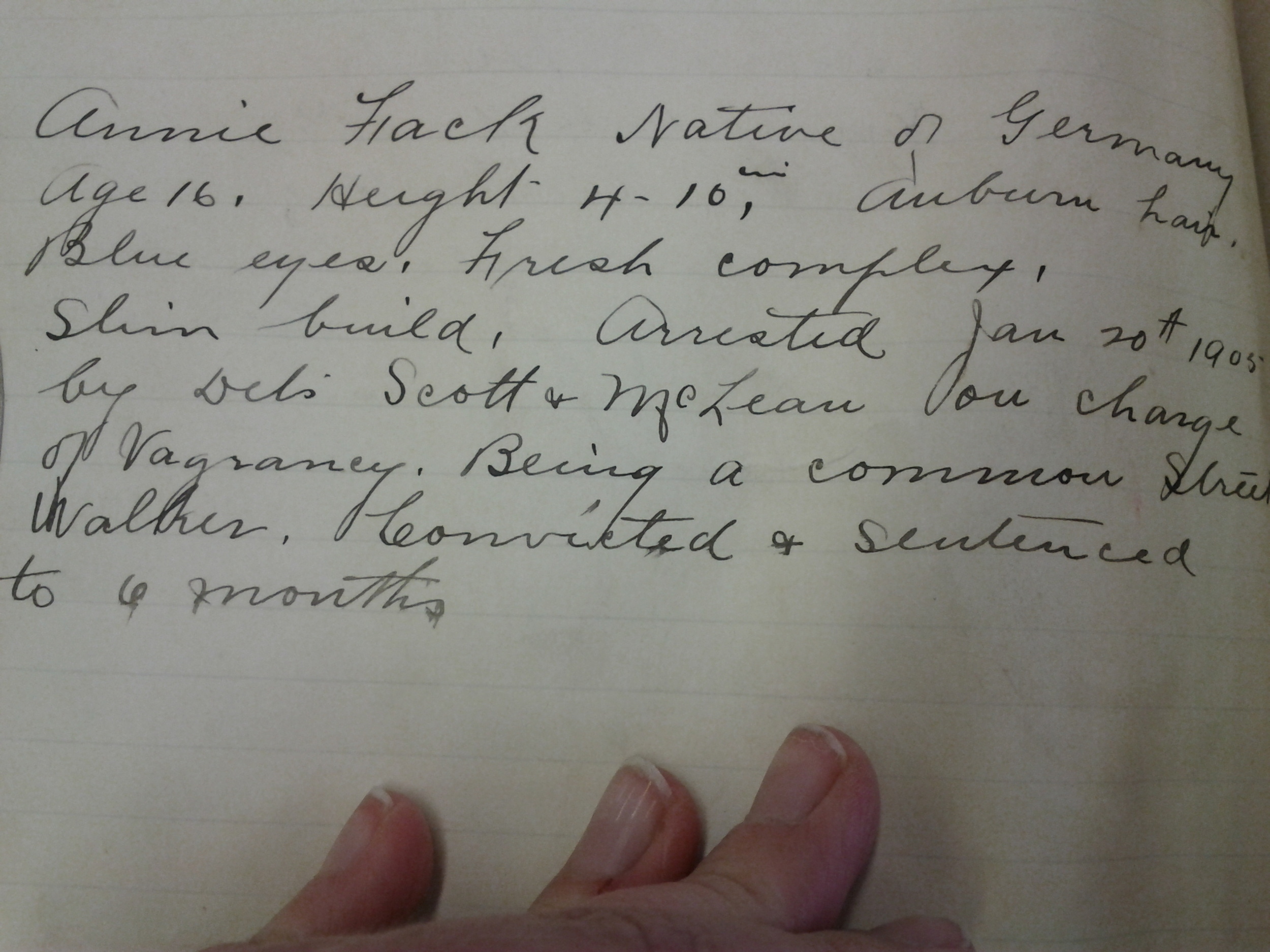
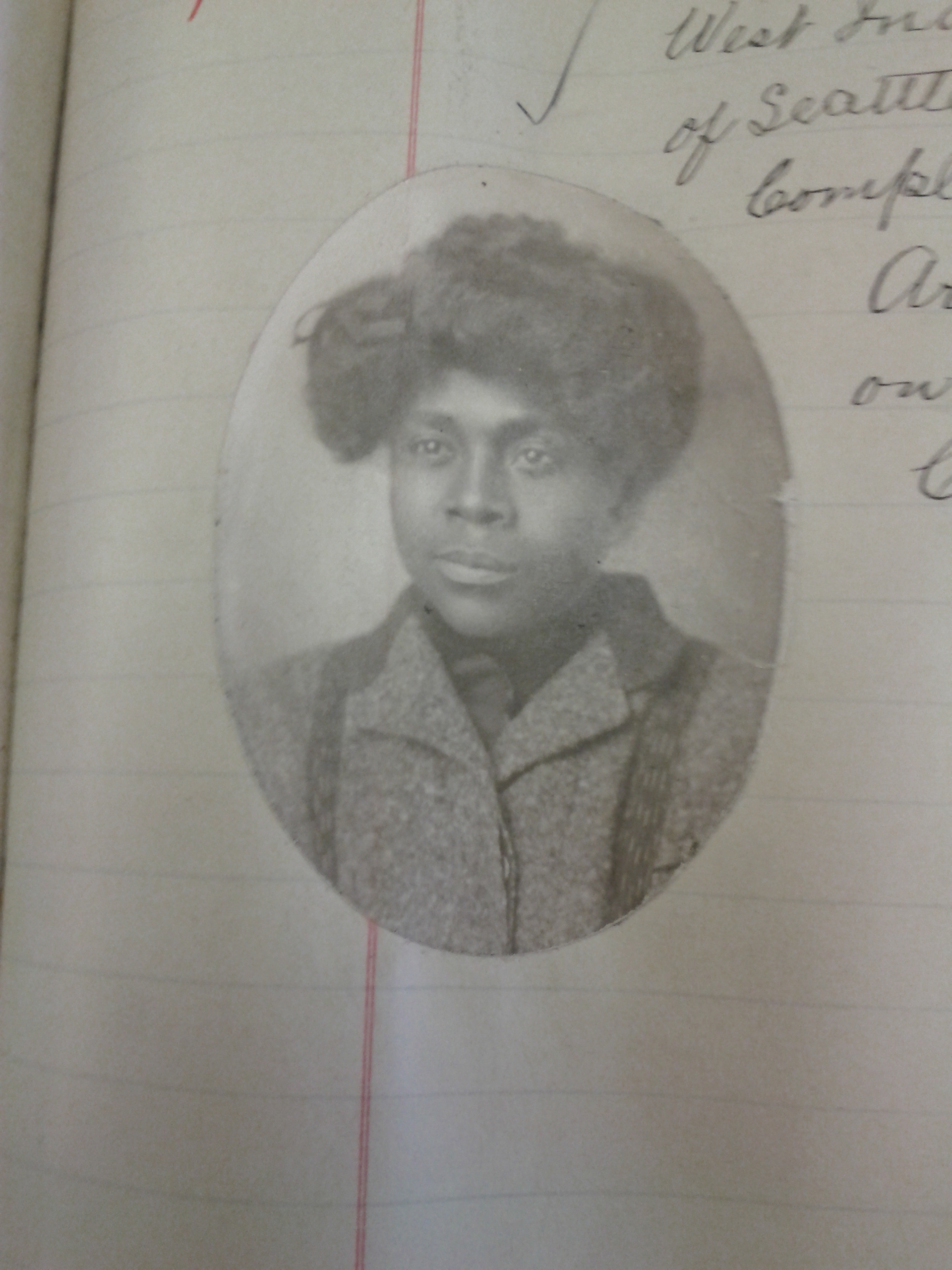
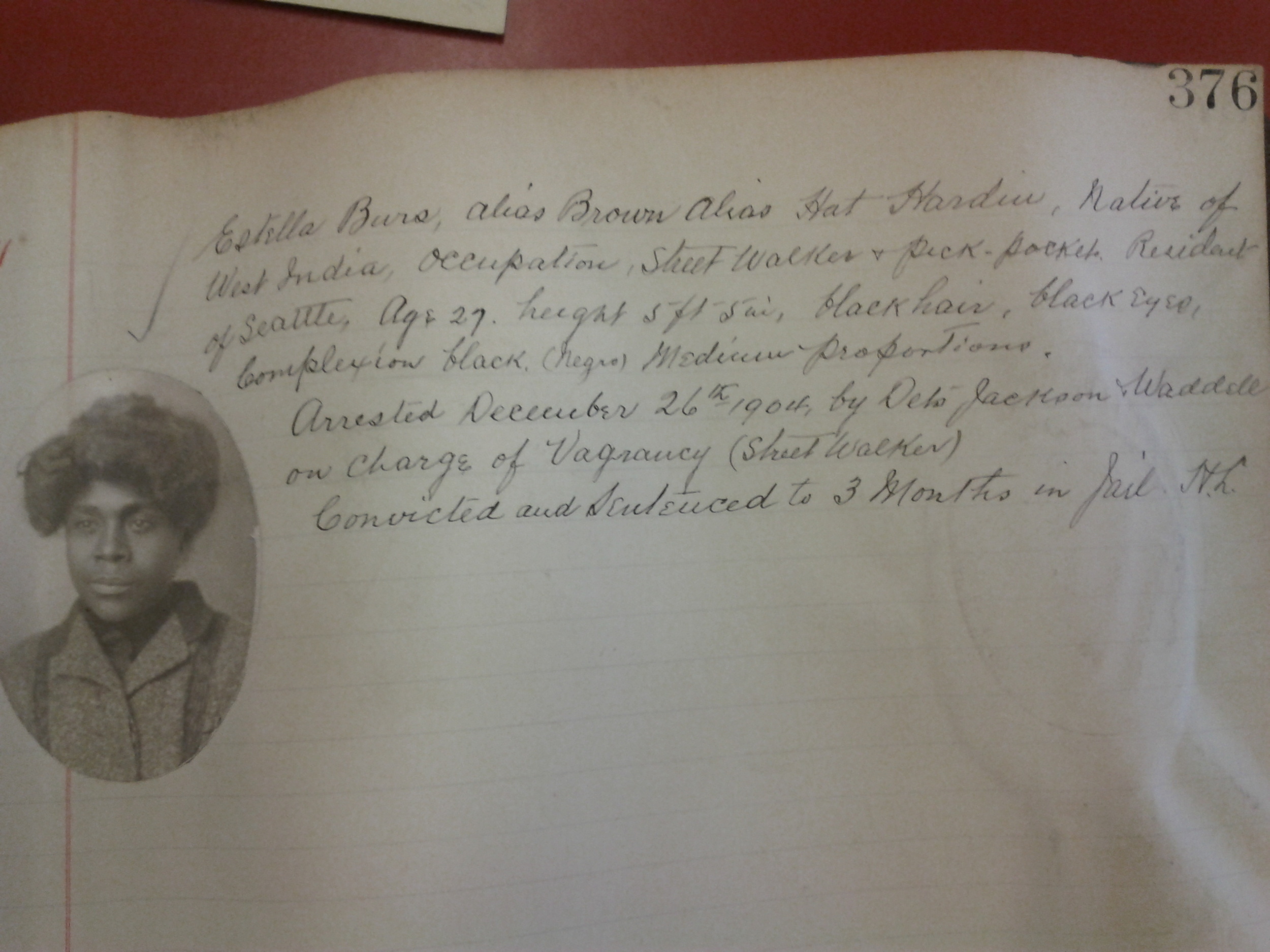
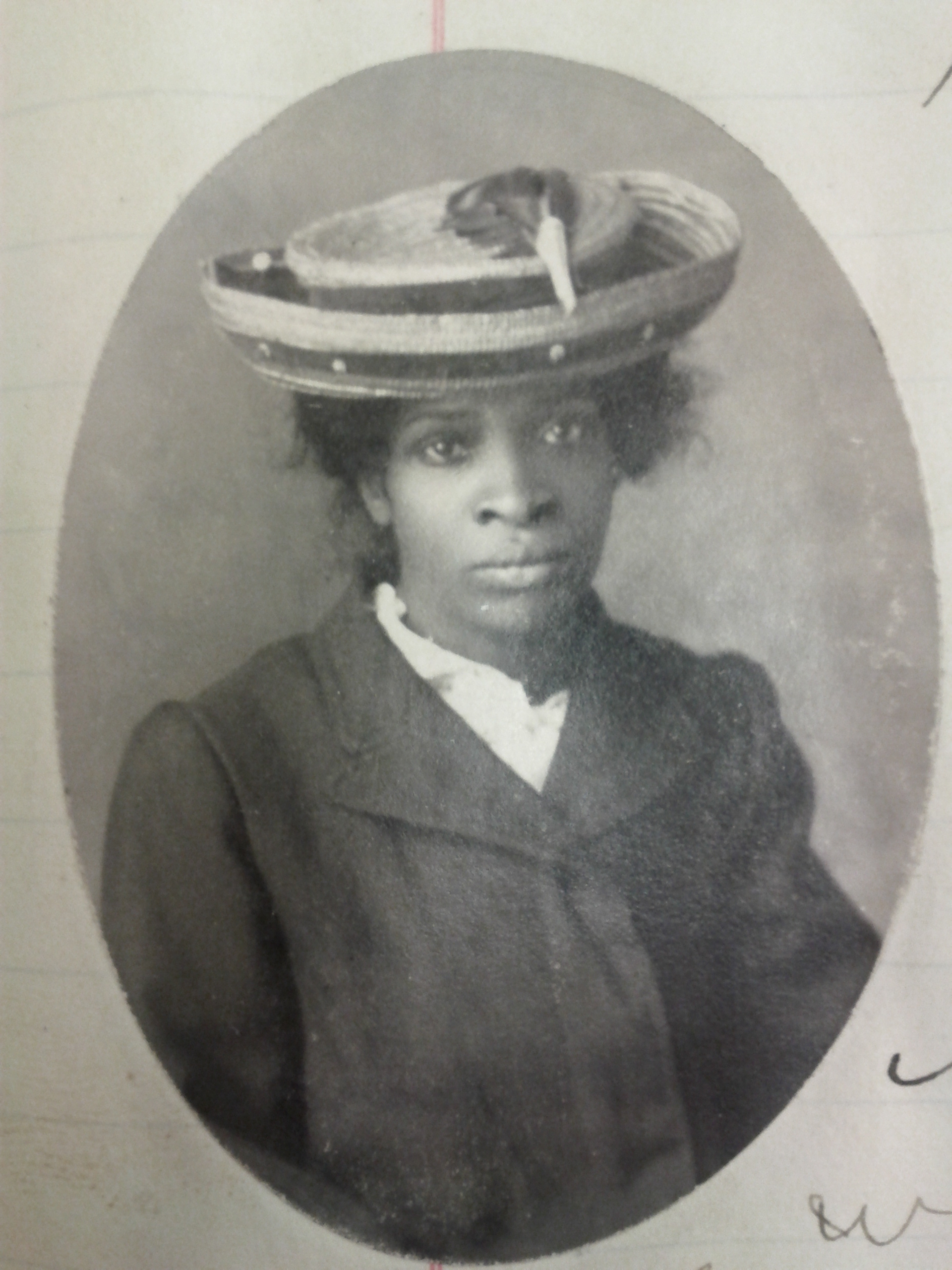
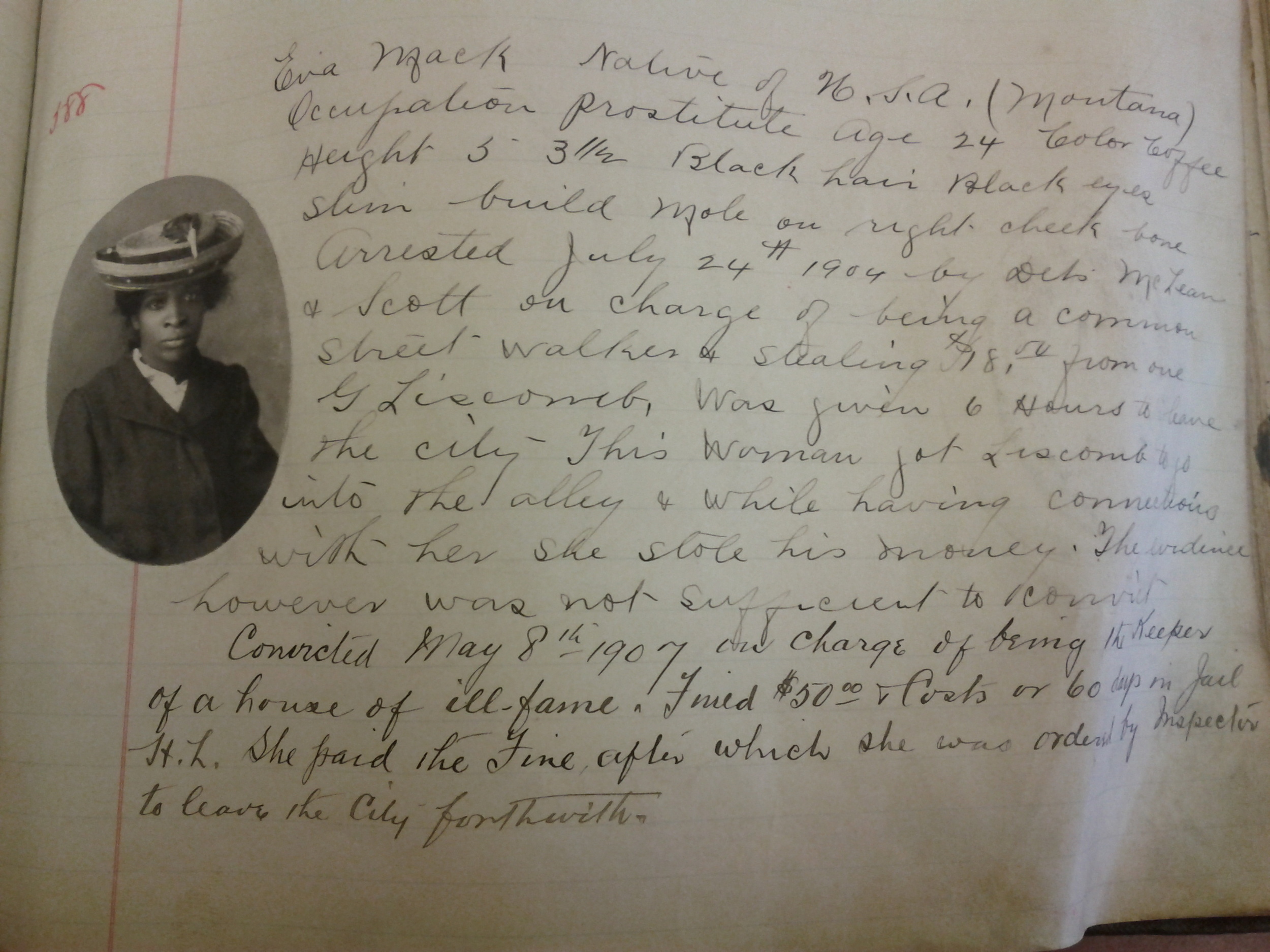
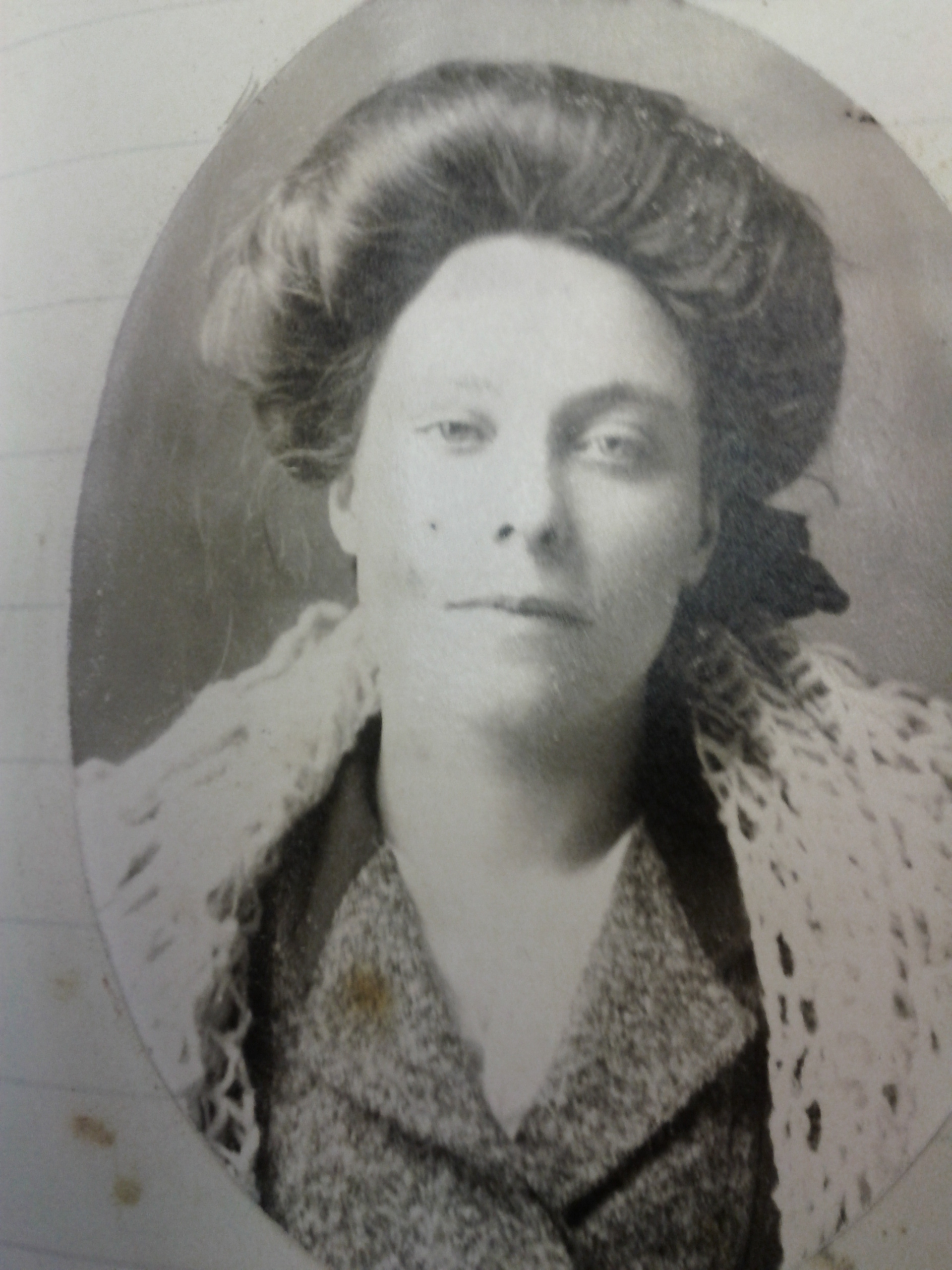
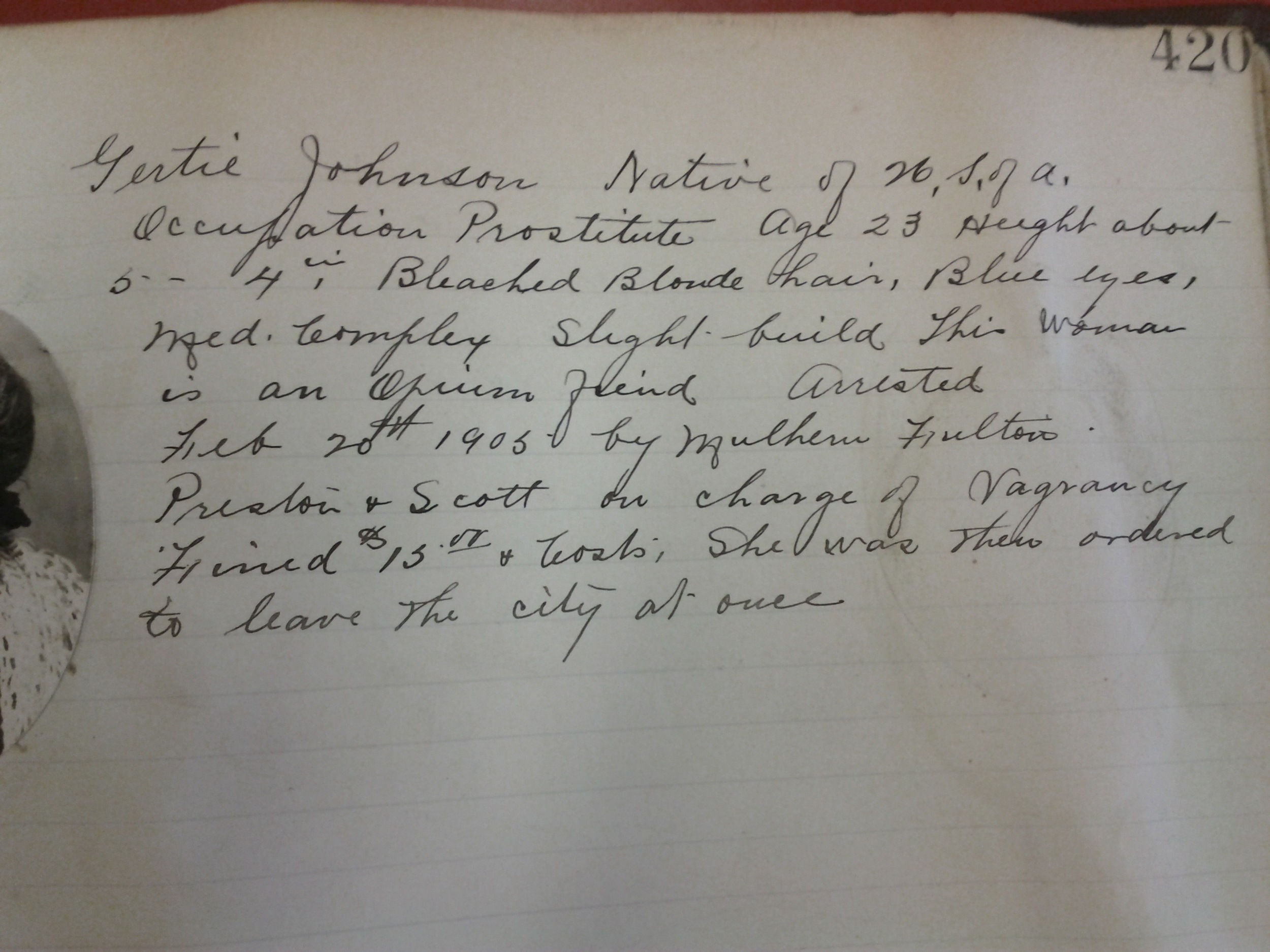
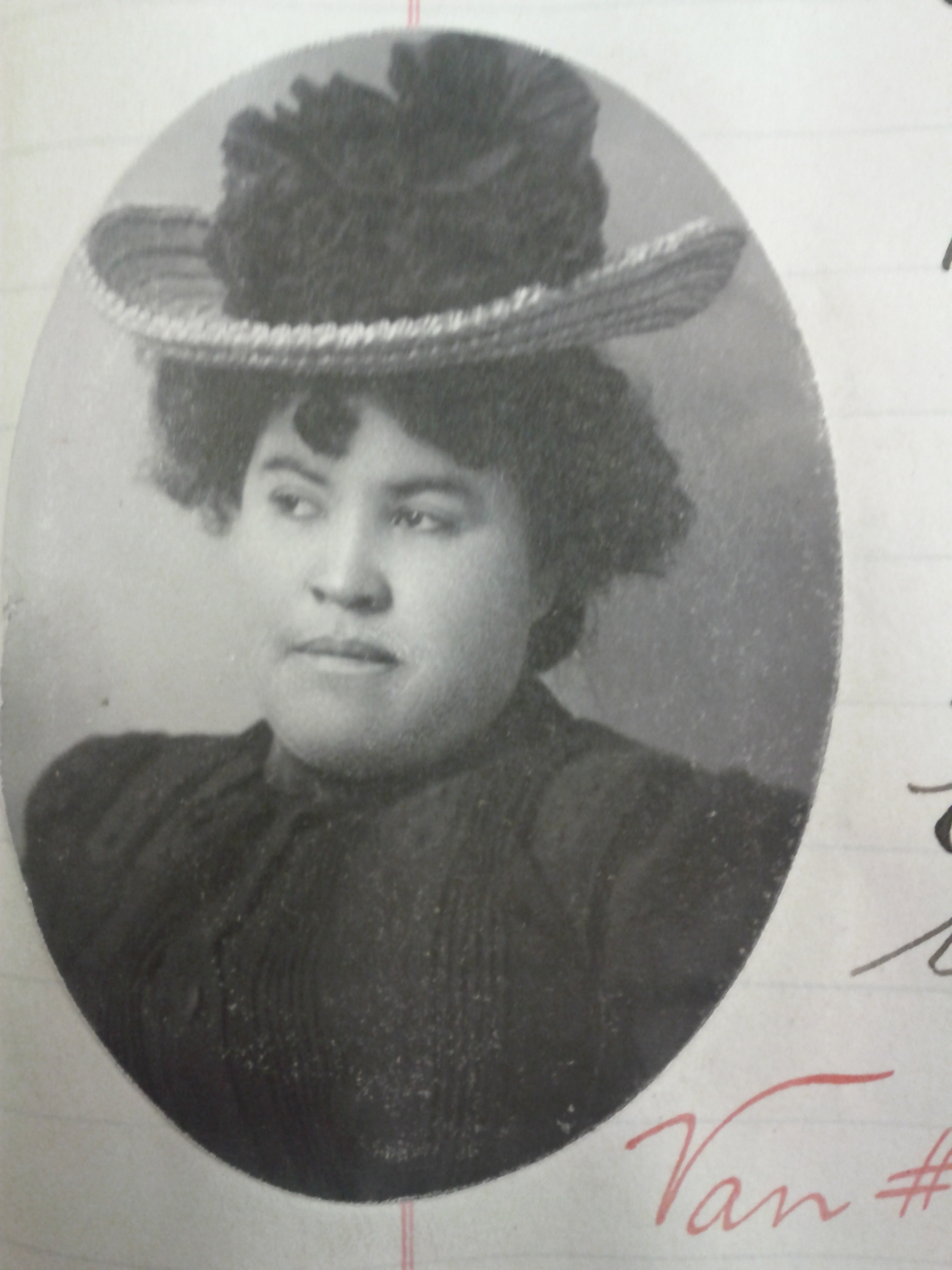
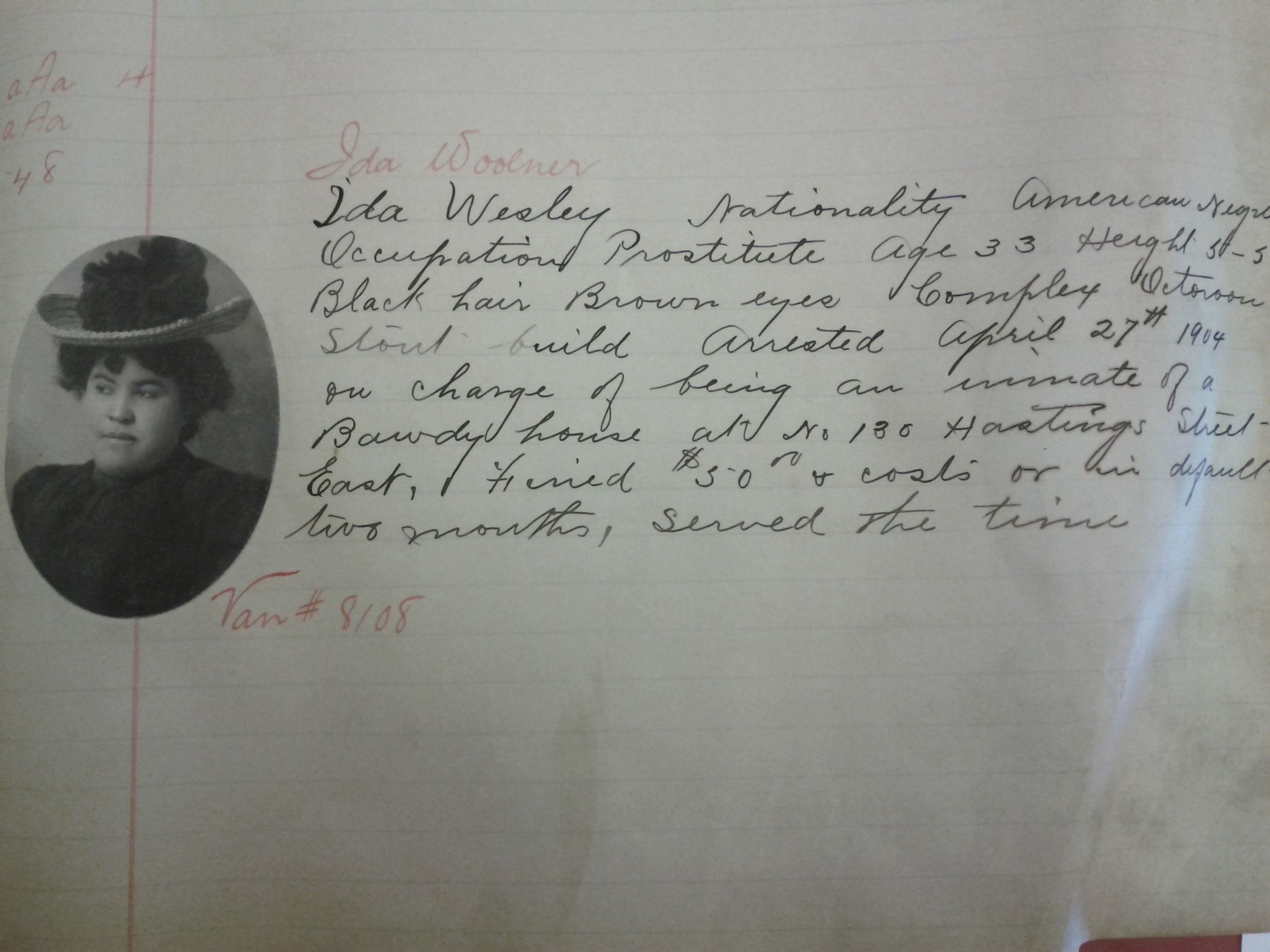
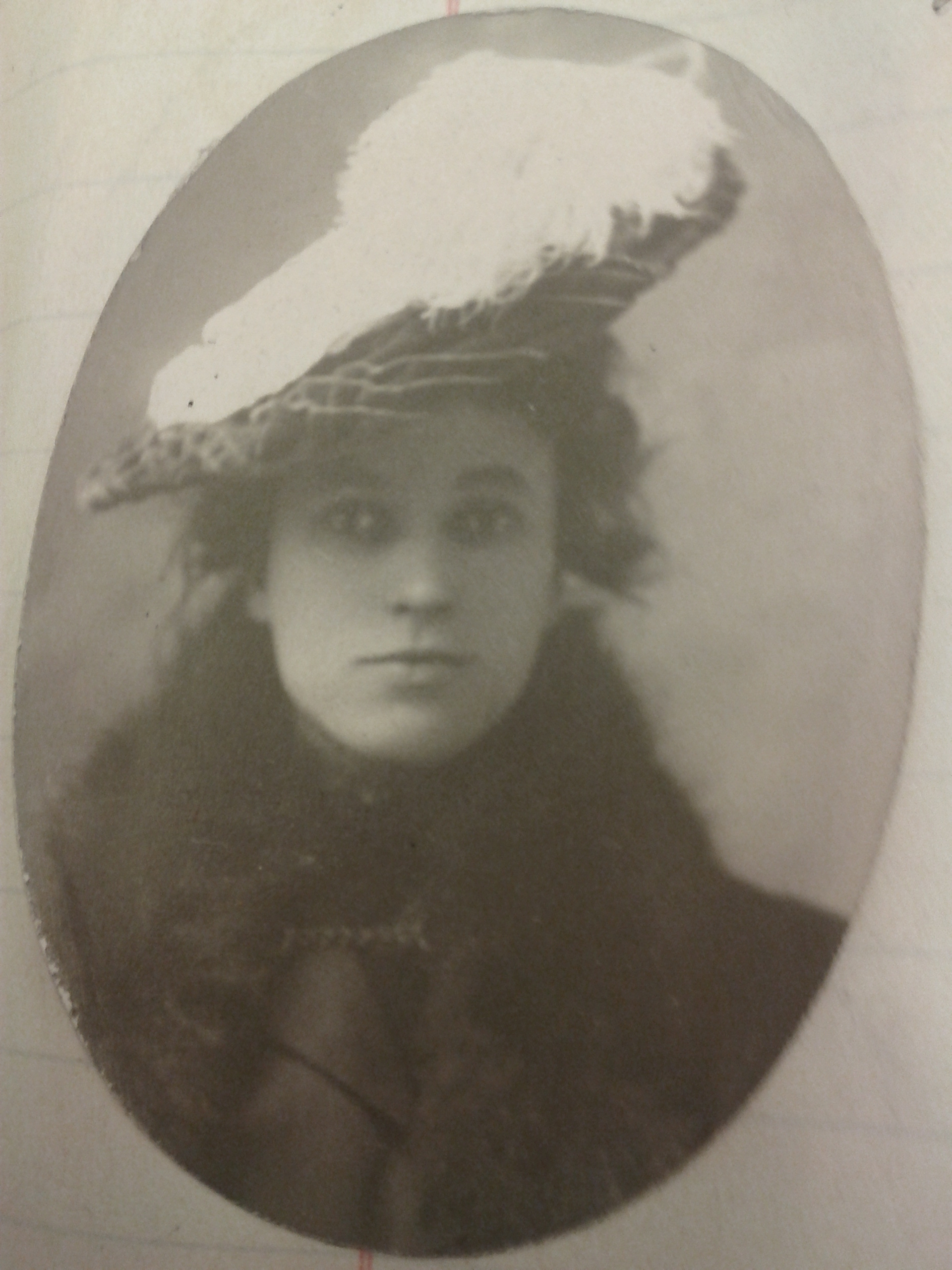
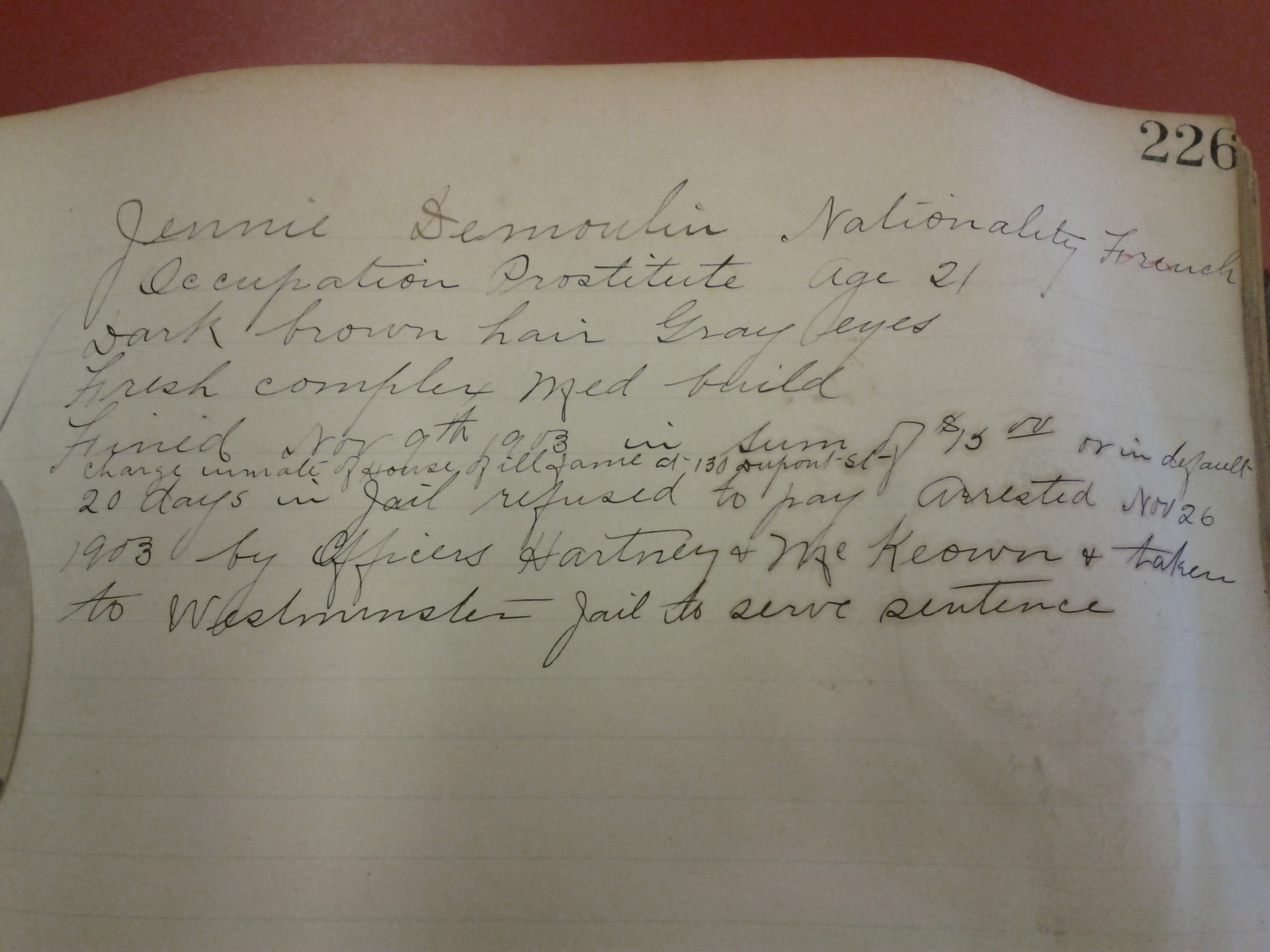
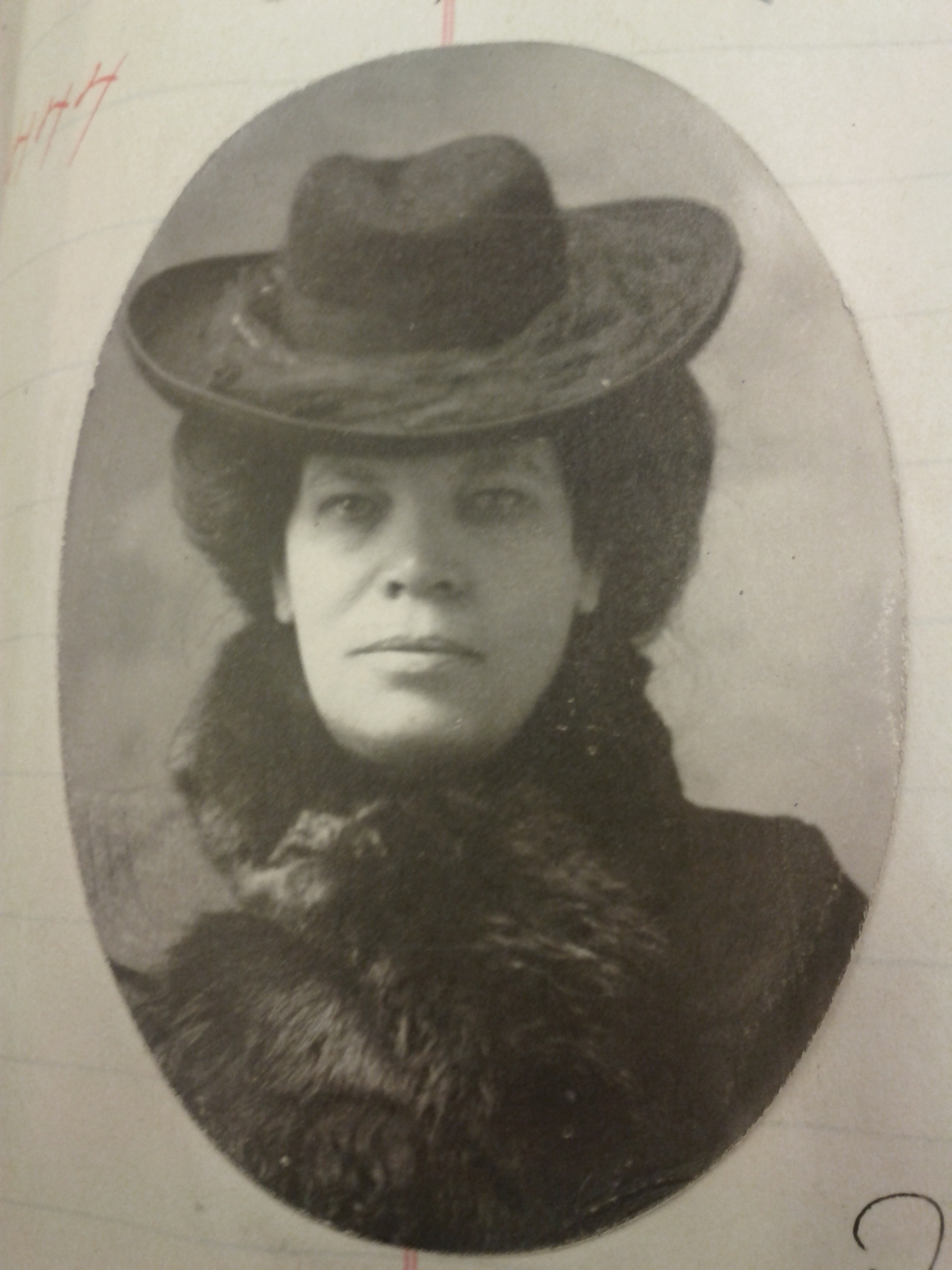
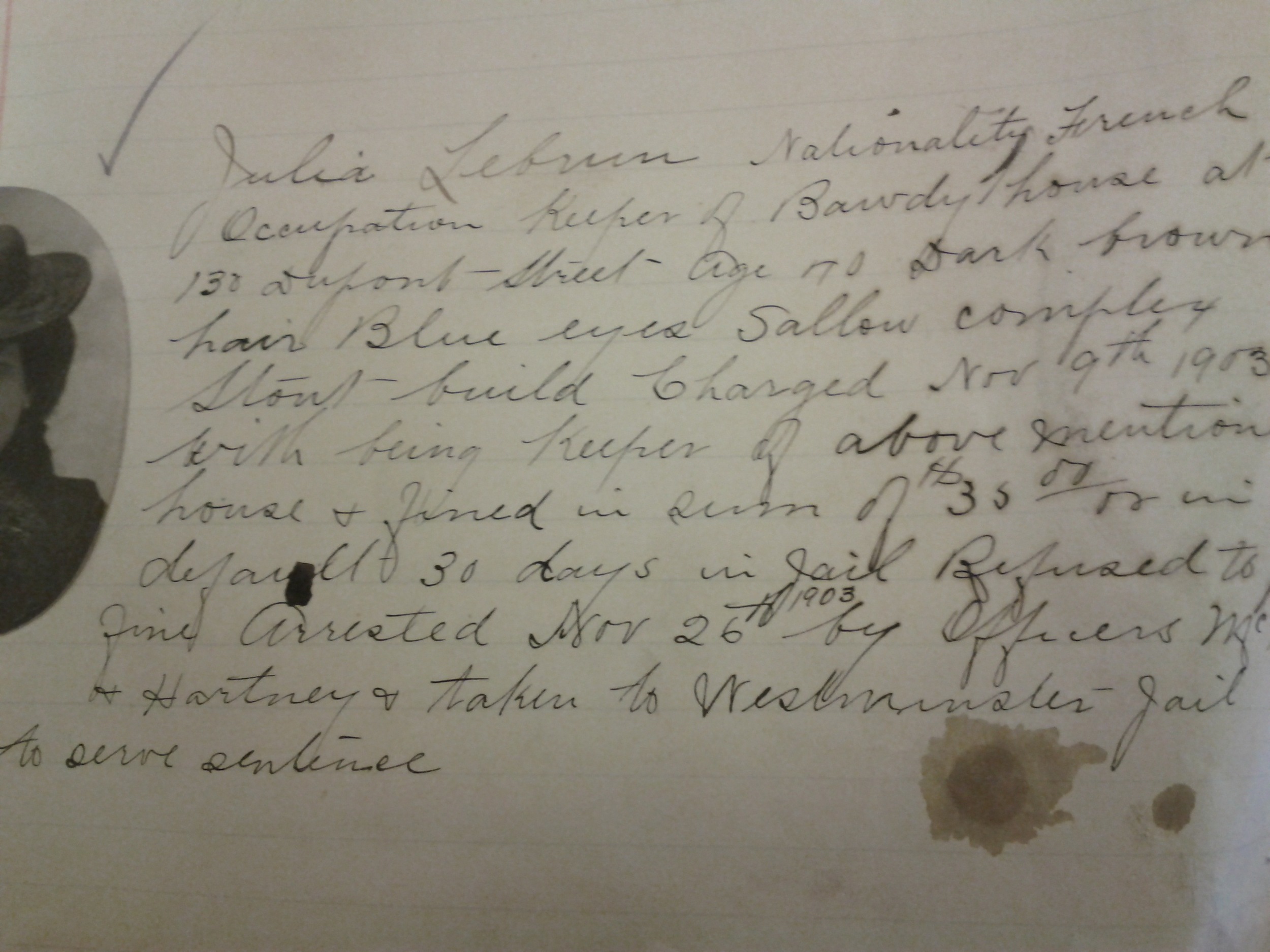

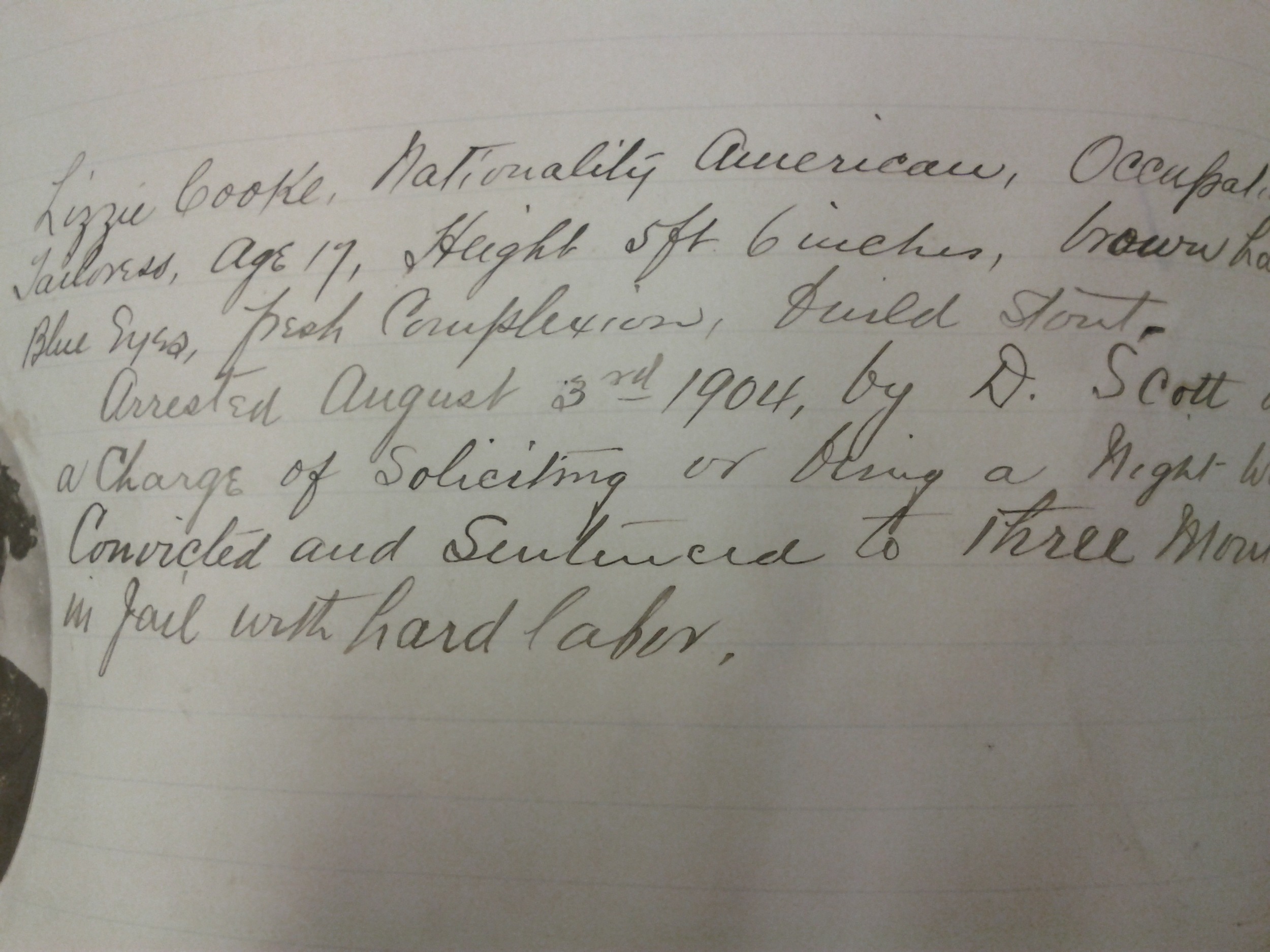
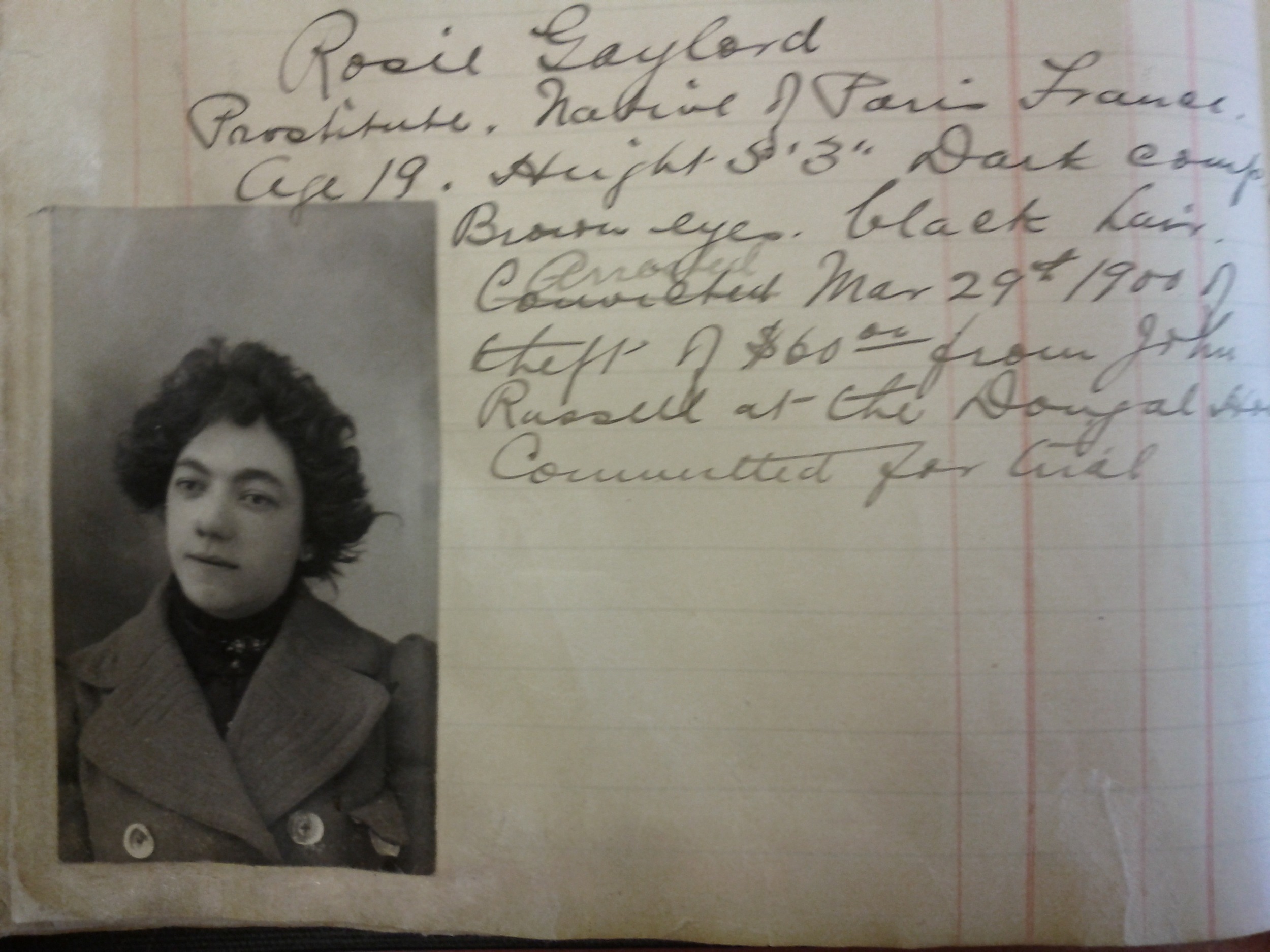
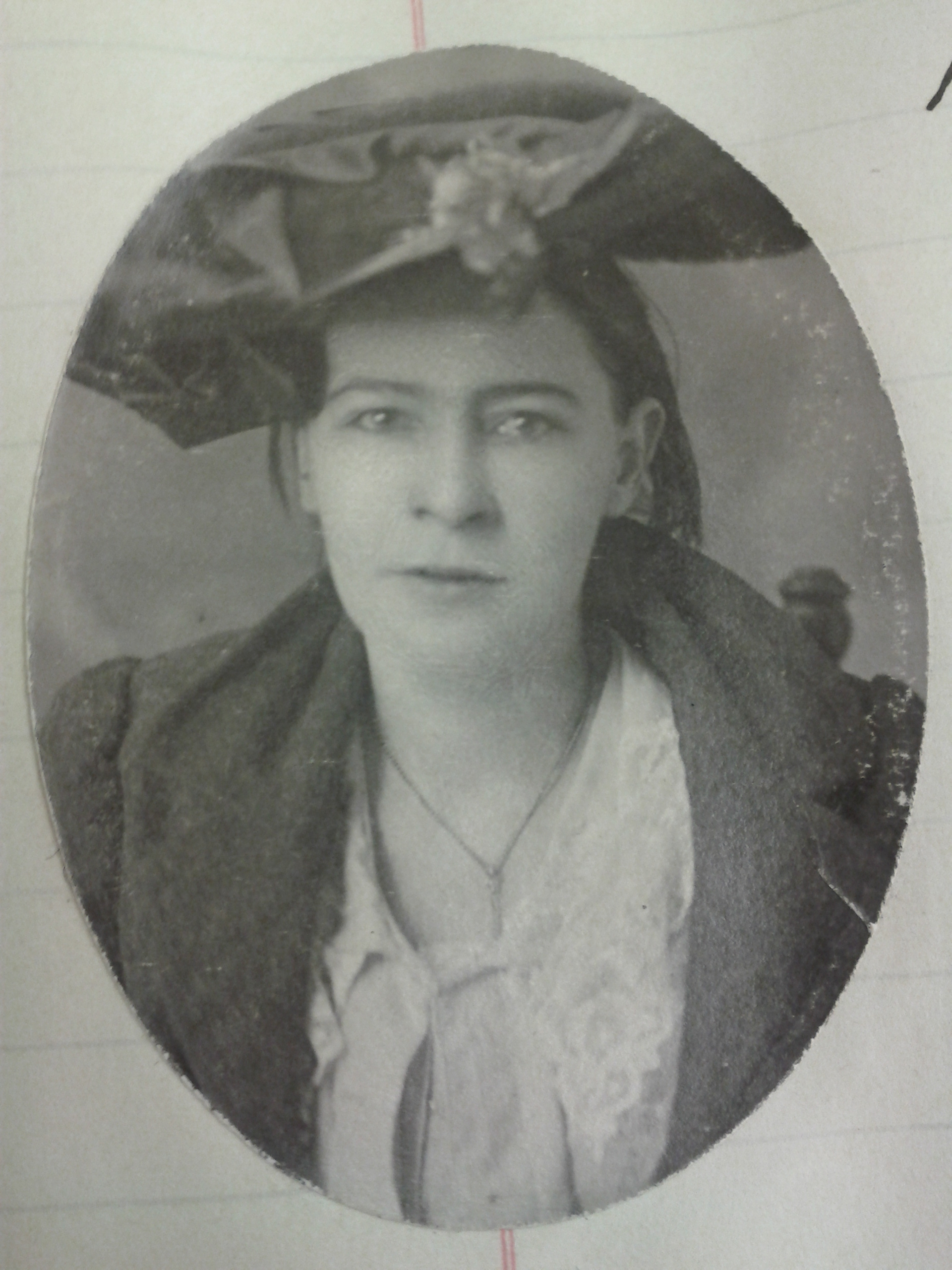
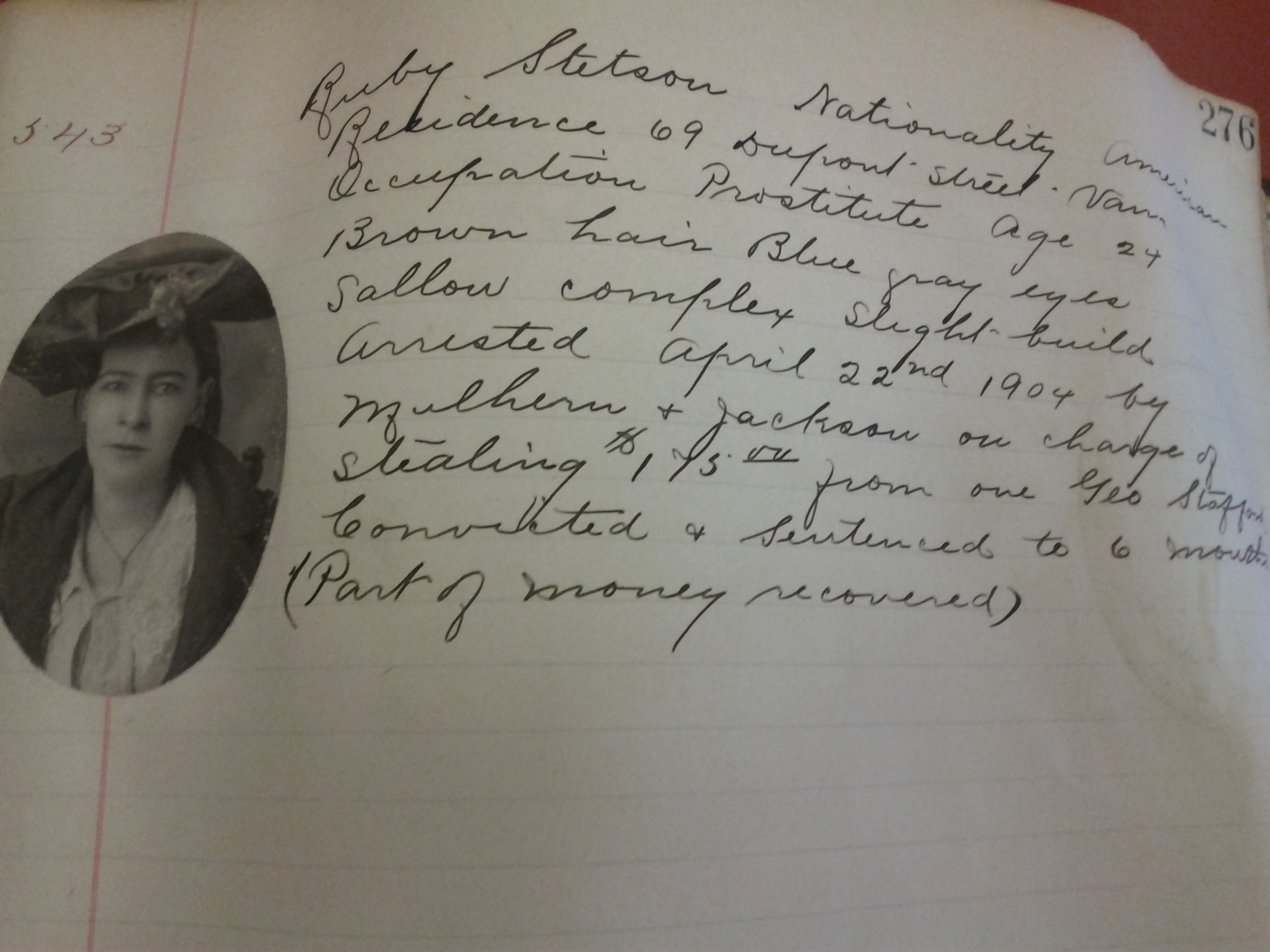
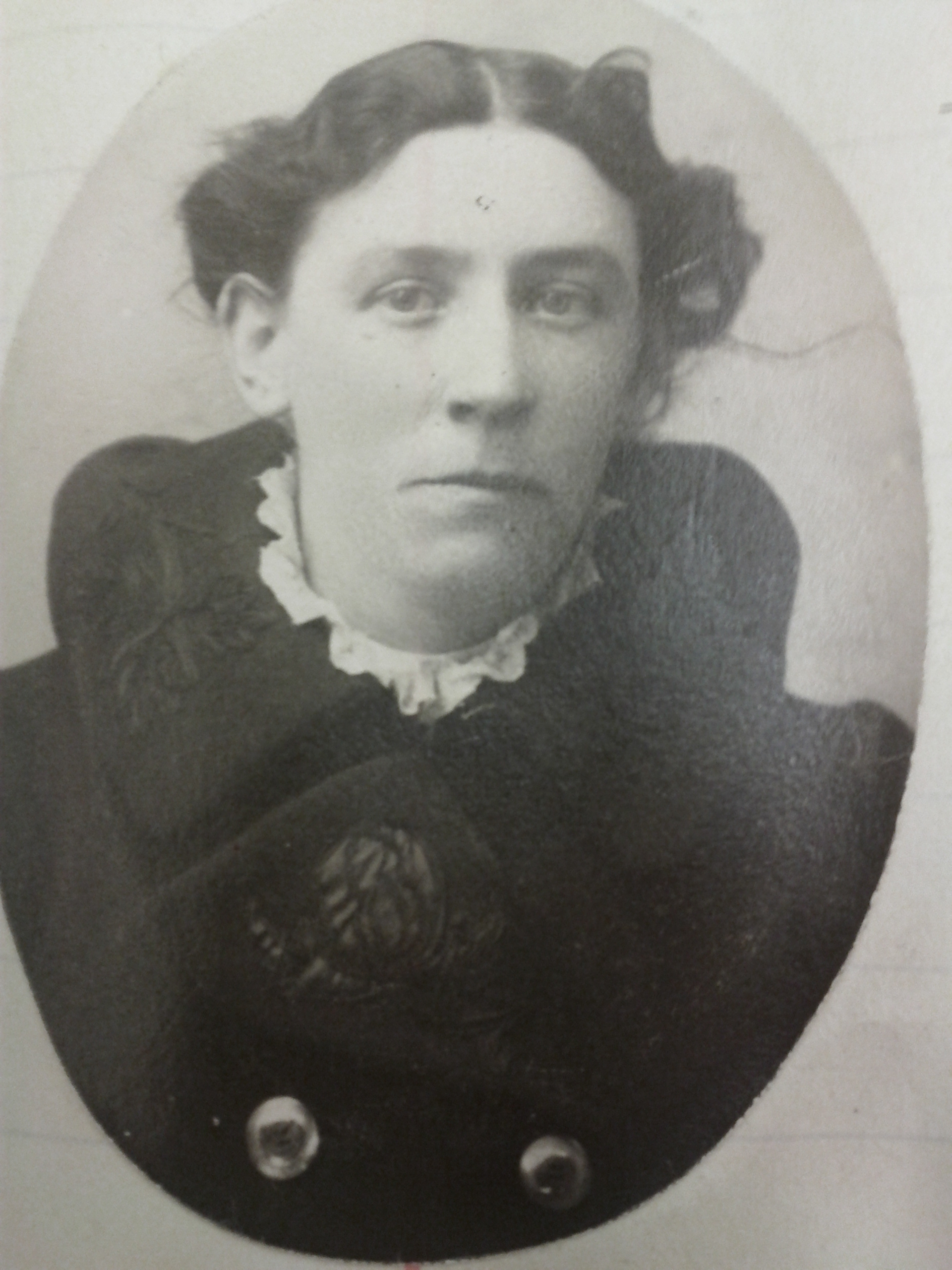
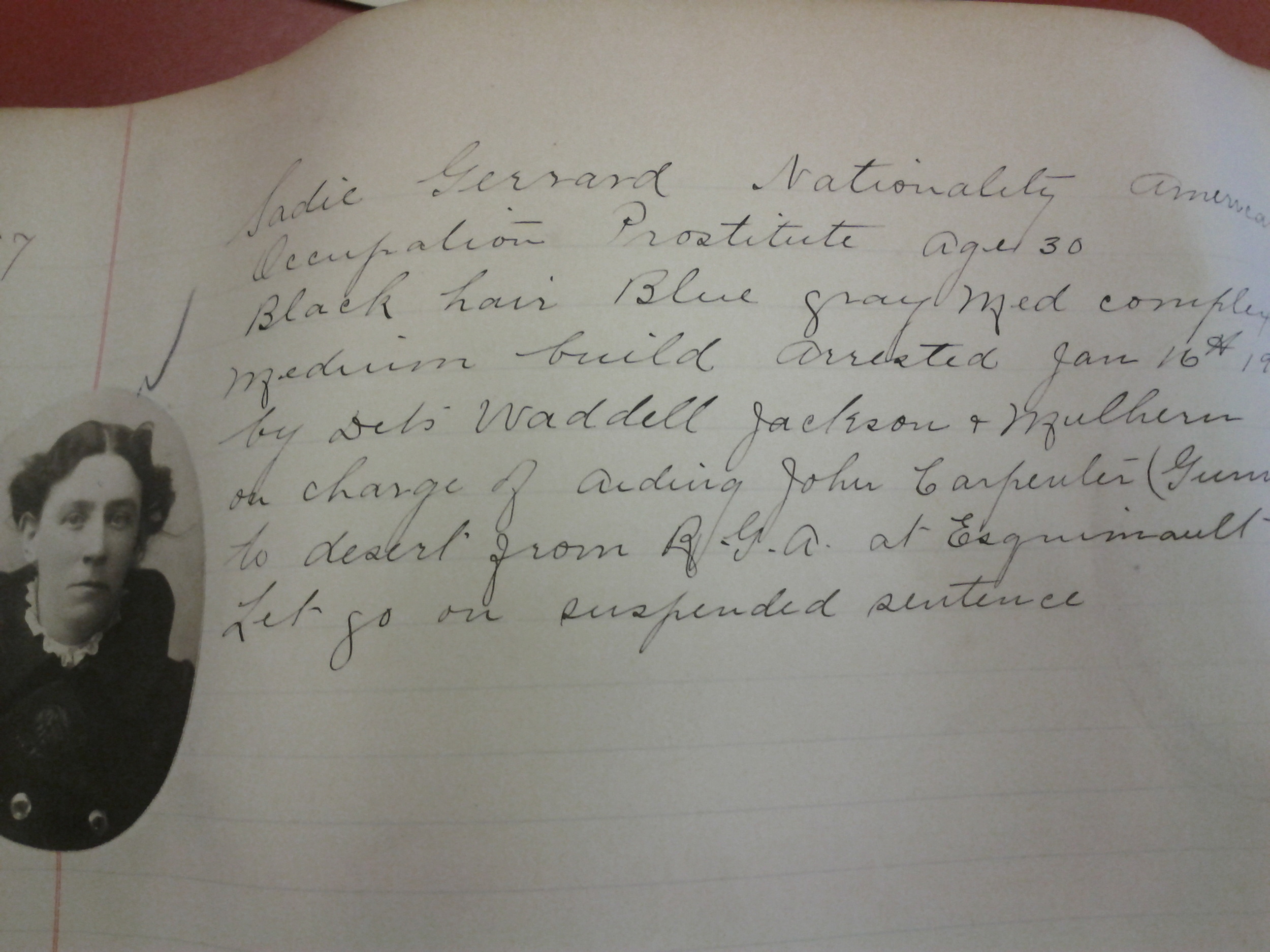
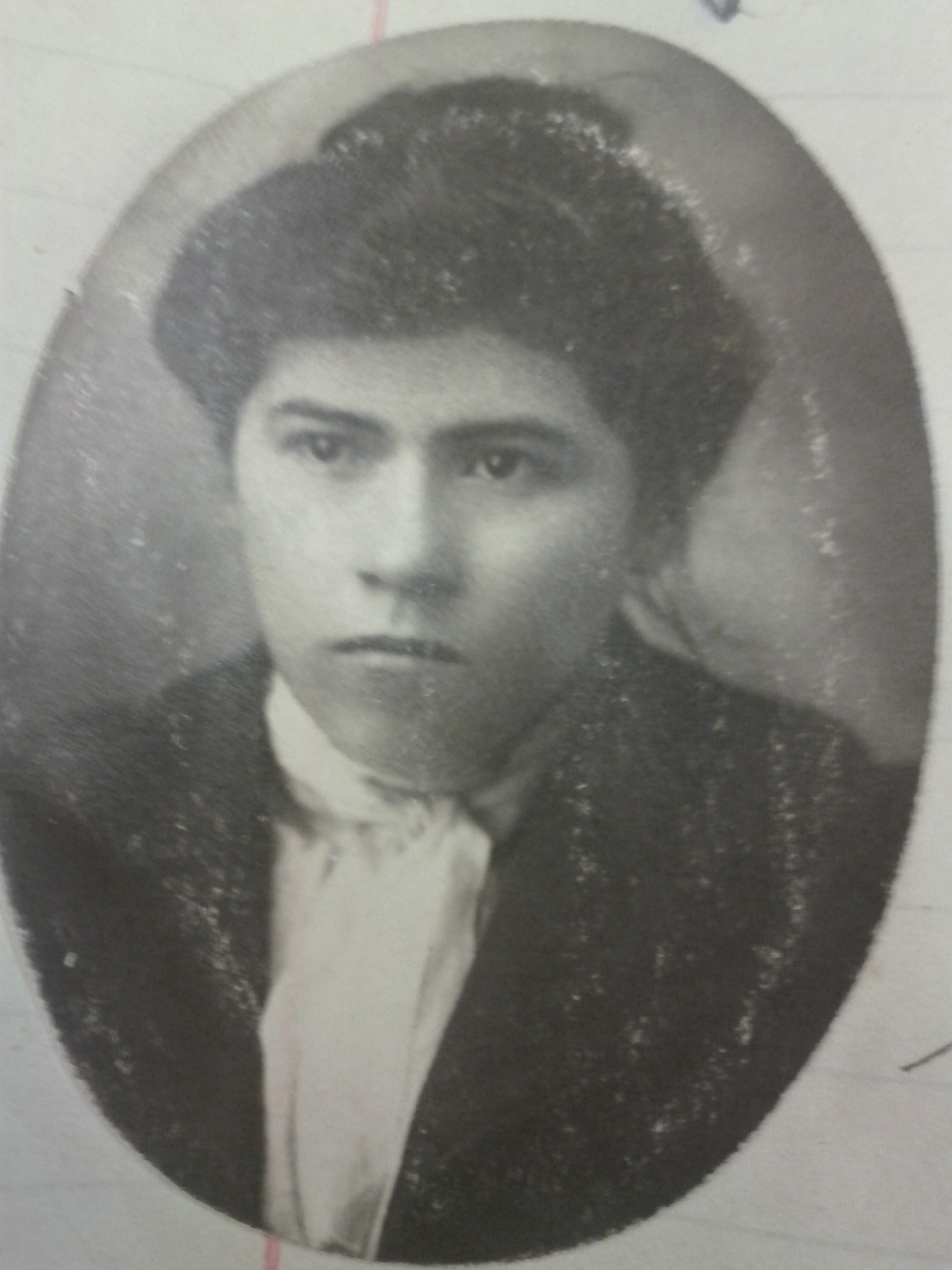
Suggested soundtrack for this post: Memphis Minnie's "Hustlin' Woman Blues."
Mary Pickford and the Changing Role of the Actress in America
Pickford's stage debut coincides with a cultural shift in post-Victorian America. The idea of female purity in the Victorian Era (1830s-1900s) was inextricably connected with domesticity and the home; women who lived a public or nomadic life were by their very nature suspect. But after Queen Victoria's death in 1901 a gradual relaxation of rules about where women should be seen and heard took place.
Mary Pickford (1892-1979) was amazing. It is incredible to me that I was totally unaware of her until I moved to Bellingham, Washington and found the small independent movie house Pickford Film Center, which I grew to love and later learned was named for this dynamo of stage and screen. Recently, I wanted to find out more about her and discovered her almost prototypical life story that seems to perfectly reflect society's changing view of women actors.
1316 Bay Street. The current location of the right halfof the Pickford Film Center in Downtown, Bellingham, WA. The Racket was a dry goods, furnishing goods and notions store owned by L.C. Countryman that appears in the City Directories from 1909-1912. Courtesy of the Center for Pacific Northwest Studies
She was born in Toronto, where her family was abandoned by an alcoholic father when she was a toddler, which left her mother scrambling to make enough to feed her three young children. After taking on a theatrical manager as a boarder, her mother was encouraged to put Mary on the stage. Soon the whole family was traveling together as performers, and after 6 impoverished years, Mary landed a gig on Broadway in the play Edmund Burke at the age of 14. At 17 she filmed her first nickelodeon Pippa Passes (1909) and from there her career skyrocketed until she became arguably the most powerful woman to work in Hollywood to date. At the age of 24, she was the first woman in Hollywood to earn over a million dollars a year! She wanted creative control of the films she was in but no studio would grant it to her so she, along with her actor friends D.W. Griffith and Charlie Chaplain, and husband Douglas Fairbanks, formed United Artists and became a producer, a screenwriter and an advocate for artists.
Song Book Cover from Sweetheart of Mine. What a babe.
Pickford's stage debut coincides with a cultural shift in post-Victorian America. The idea of female purity in the Victorian Era (1830s-1900s) was inextricably connected with domesticity and the home; women who lived a public or nomadic life were by their very nature suspect. But after Queen Victoria's death in 1901 a gradual relaxation of rules about where women should be seen and heard took place. Eventually we would get to flappers and birth control and Amelia Earhart, but when Pickford was traveling with her family and performing at two-bit theaters she, her siblings and her mother would have been the object of some speculation and pity...
What terrible lives these women and girls lead! Why can’t they just be content at home with their families? Do they think they are better than other women? Do they want to be more like men than like women? Do they think they are better than men!?
Actresses are a prime example of women rejecting a life of domesticity. Most Victorian actresses were forced to travel, with only a rare minority able to make a living practicing their craft in a big city like New York or Chicago Therefore, they couldn’t obtain the domestic and sedentary ideal of the broader culture. While on tour, many actresses were admired for their talents and naturally became the objects of sexual desire. They likely encouraged this admiration because it increased ticket sales. Due to the transient nature of their lives, actresses would have been freer to engage in premarital or casual sex than their stationary counterparts. By the time rumors started to affect your reputation, you would be packing to go to the next performance in the next town. How perfect! Some women who worked as actresses were known to supplement their incomes by having sex for money. They would have their pick of the men in the audience and really no woman was expected to engage in casual sex without some sort of reciprocity at the turn of the previous century. Dinner, gifts or even cash would have been standard compensation for an evening well spent.
When you are as big of an amazing badass as Mary Pickford, sometimes Thomas Edison sends you letters and calls you "The sweetheart of the Americans."
The tendency for some actresses to take control of their sexuality lead to a general distrust of anyone engaging in the profession. Like all stereotypes, this may have been born of some kernel of truth or trend but did not represent all or most of the acting female population.
It isn't until the cultural phenomenon of the movie star that the perception of the actress as mostly bad begins to ease. Movies and Hollywood made it possible for women to be famous actors on a national level while living in one location. This facilitated their becoming wives and mothers while maintaining their careers. Careful role selection could help one develop a good-girl image and mass media helped maintain it.
Actresses as famous as Mary Pickford-- who would eventually become a producer and co-founder United Artists production company-- helped to change the cultural perception of what type of girl became an actress. She had been forced into acting due to the abandonment of an alcoholic brute of a father. Acting was a survival technique for her family but her immense talent couldn't be denied. Her origin story would help build her image as an American (cough) Canadian sweetheart and would be one voice in a choir of others, backed by studios interested in reaping the financial success of approachable, honest starlets in a nation that was increasingly concerned with the respectability of female public figures. So, while very few women gained a level of stardom or power that even grazes that of Pickford, the profession itself was now revered rather than reviled.
This respectability would be helpful when complete control over a star’s public image would slip away and many actresses, including Pickford, would suffer personal hardships such as divorce which would inevitably become fodder for American newspapers. Now that actresses were good girls, they could make mistakes, be the victim of alcoholic husbands. Before they were being punished for a life of vice and frivolity, now they were honest hard-working Americans who were occasionally down on their luck. Such massive shifts in public opinion are possible but it takes a lot of work.
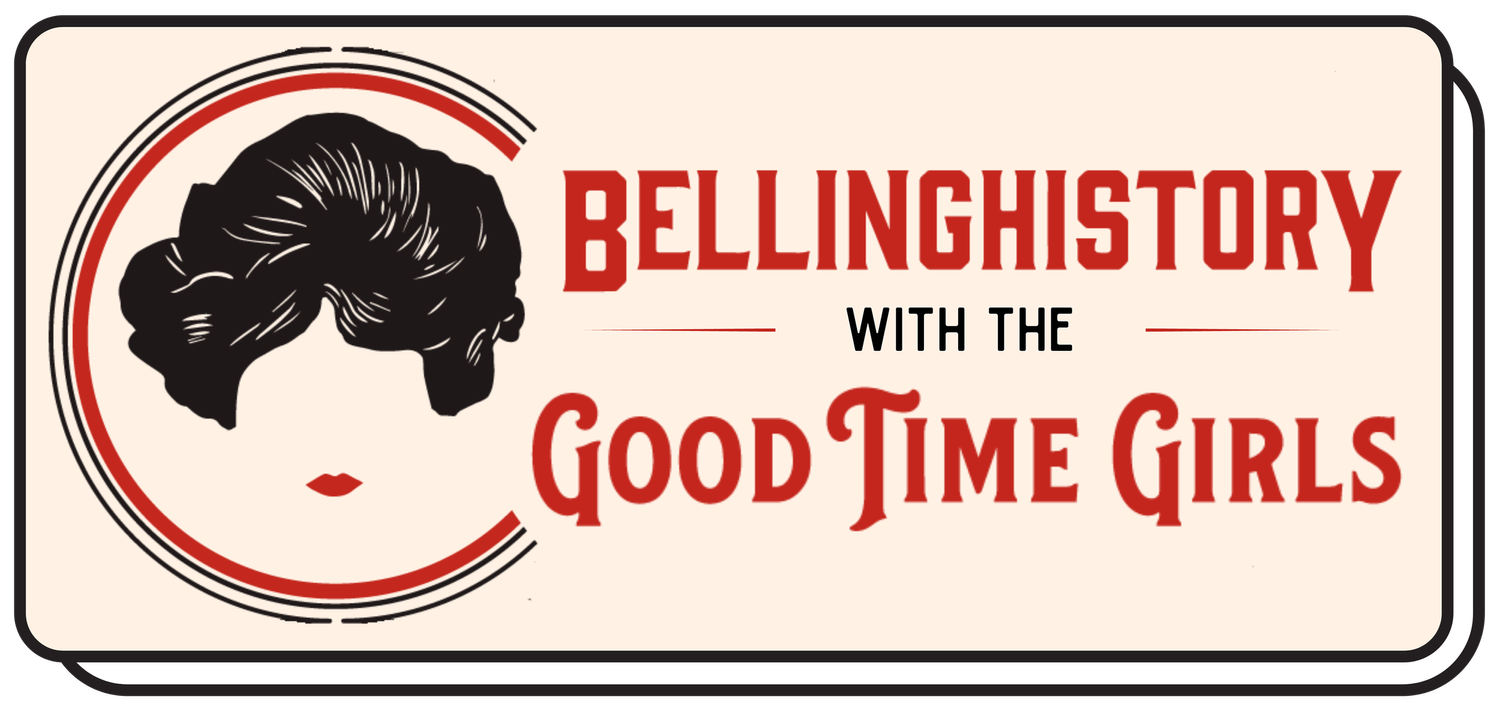




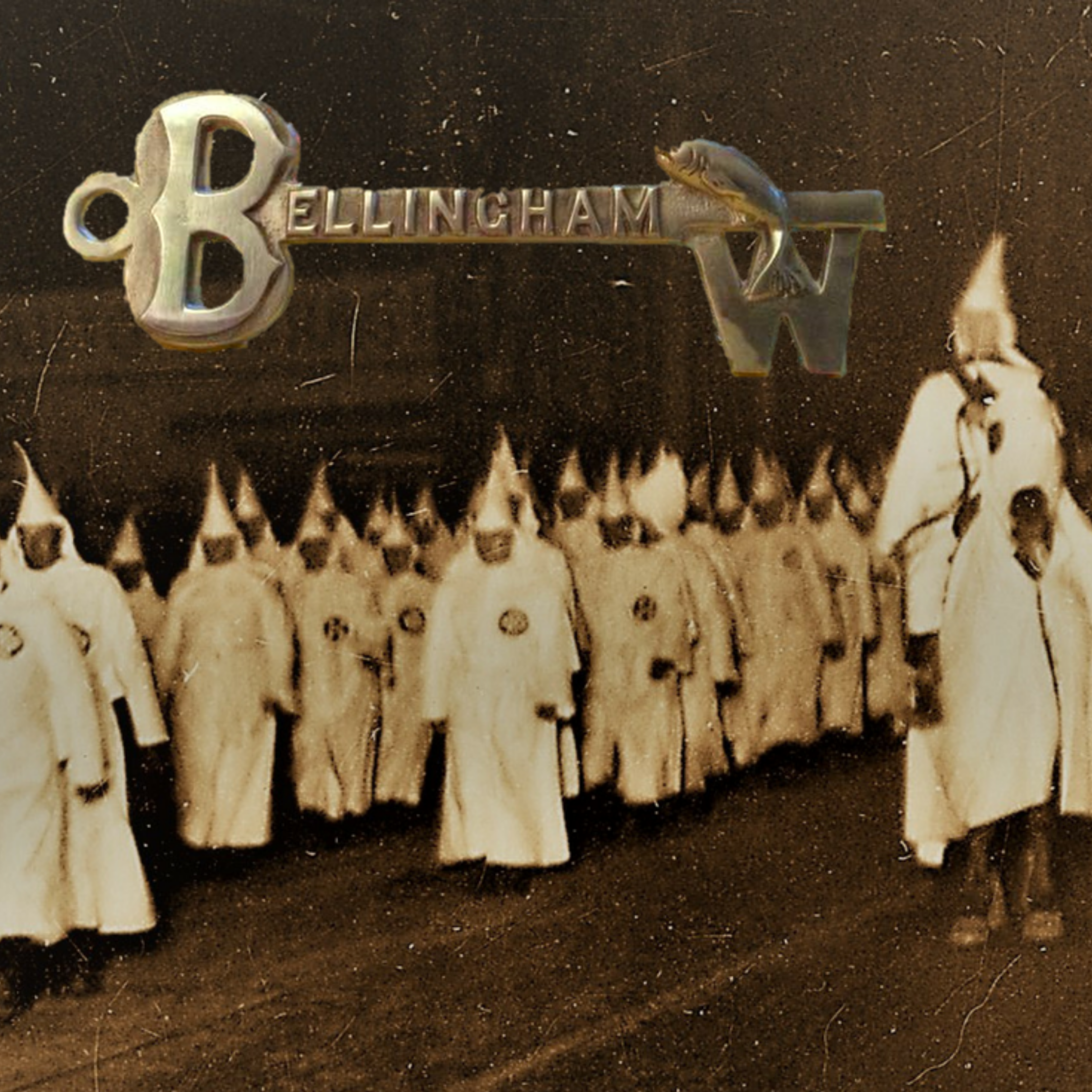








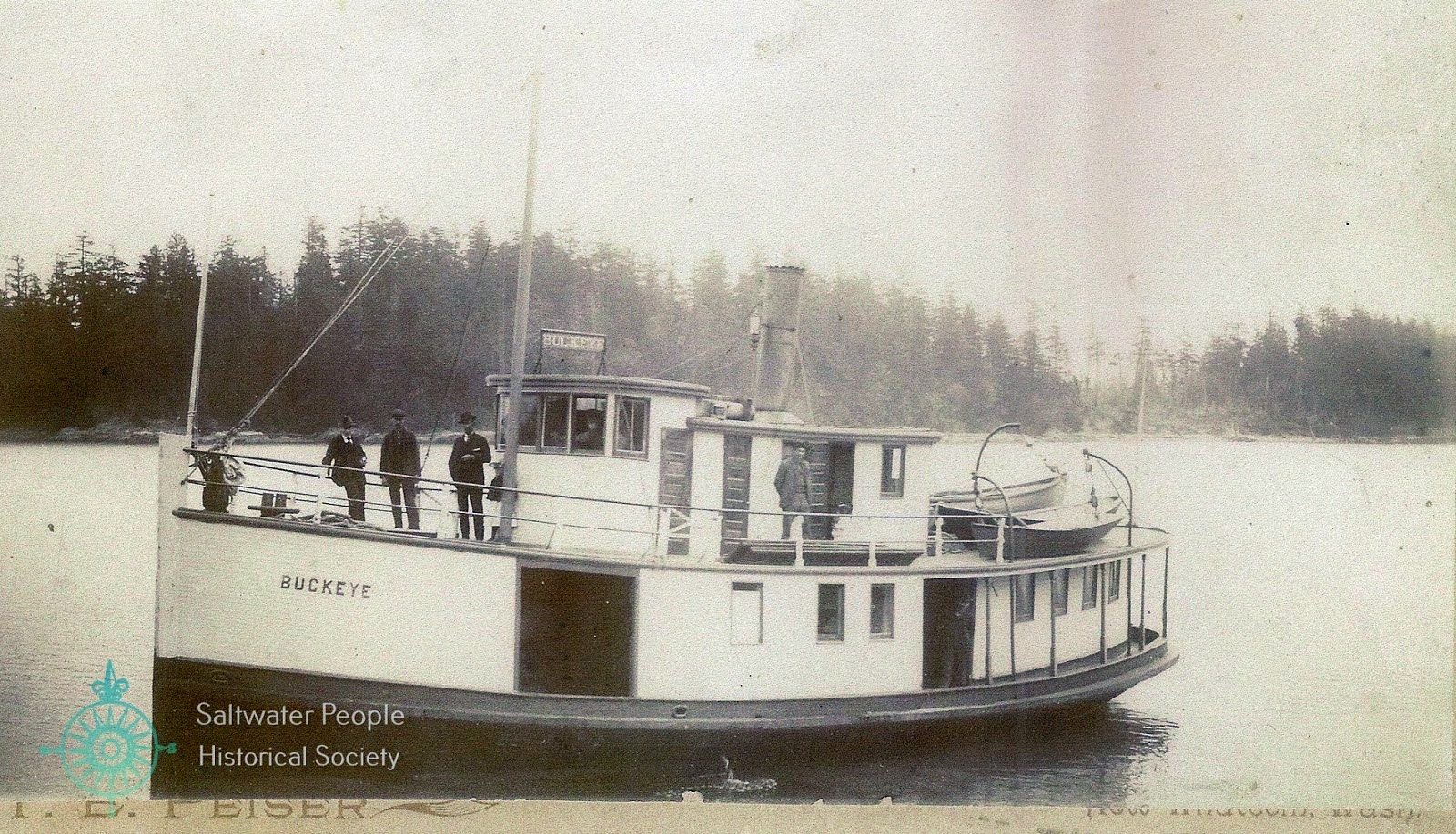

























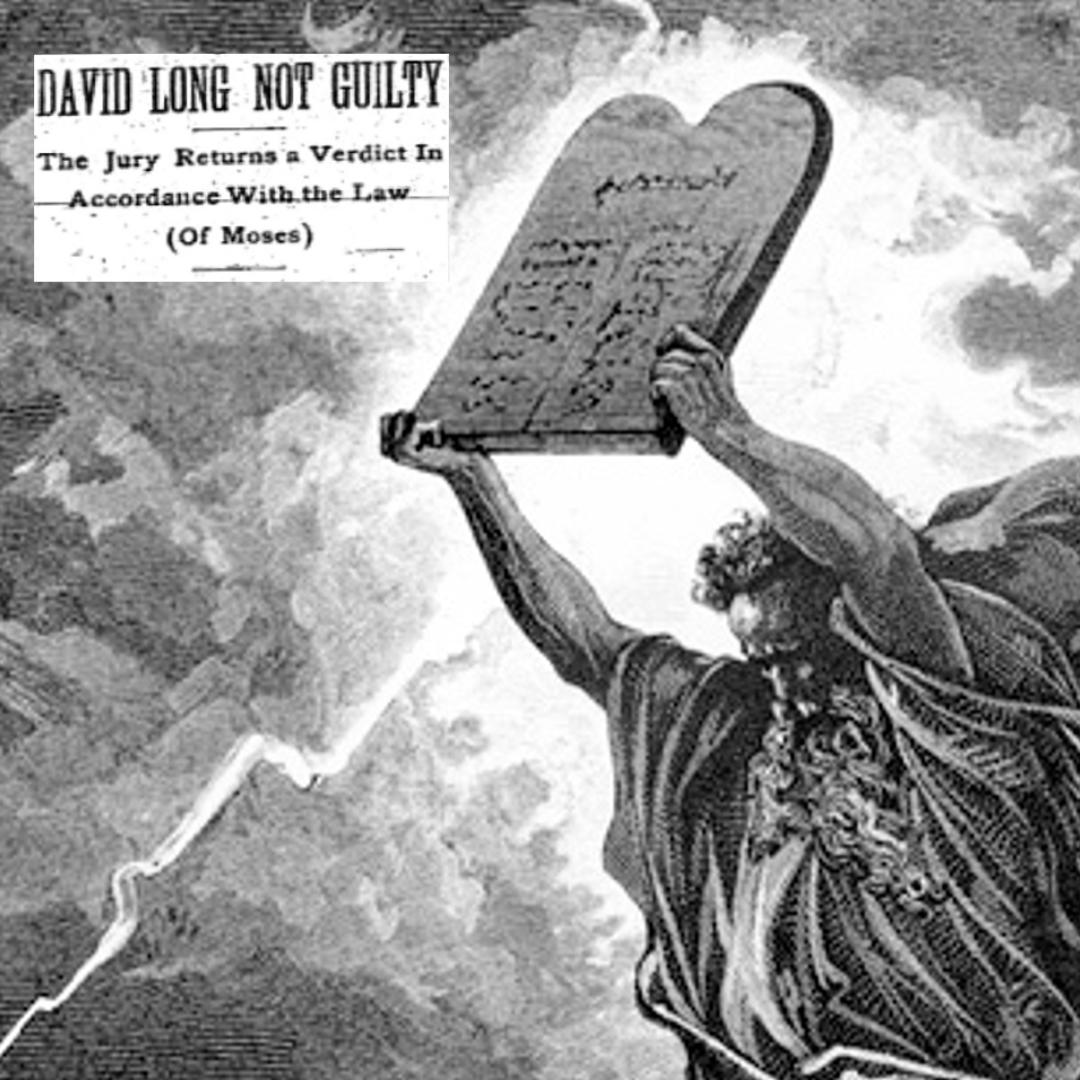



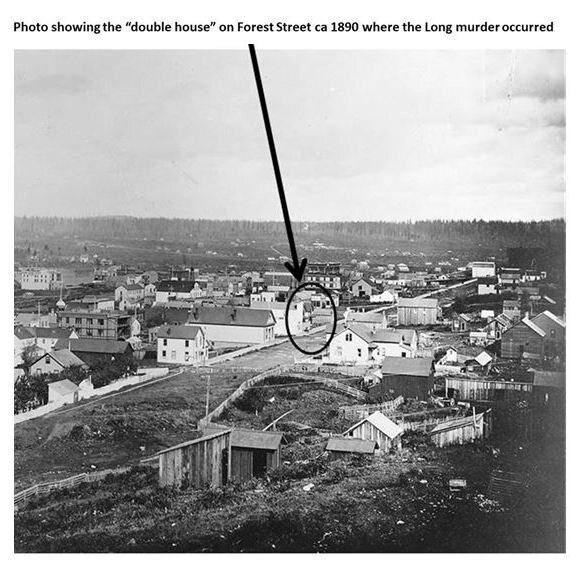
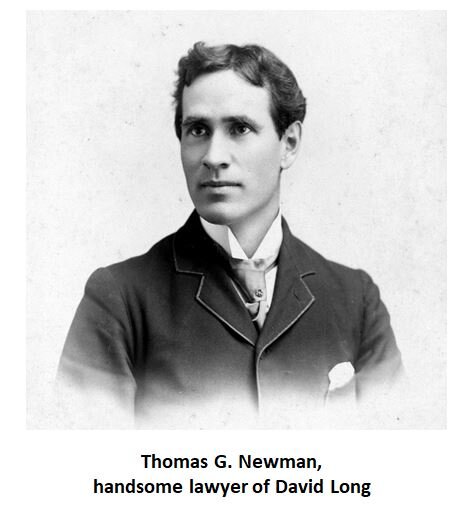
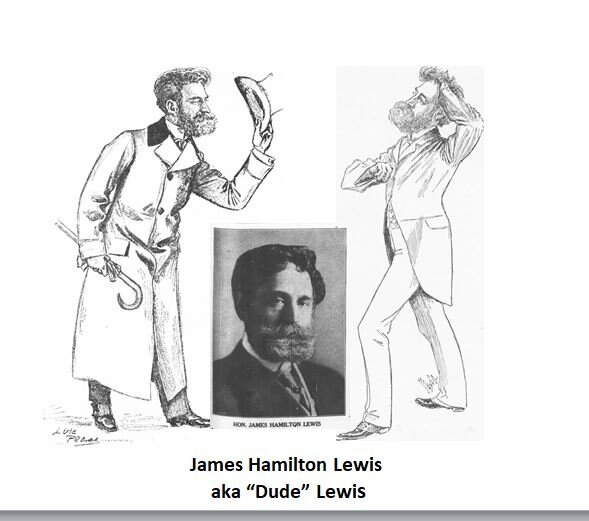

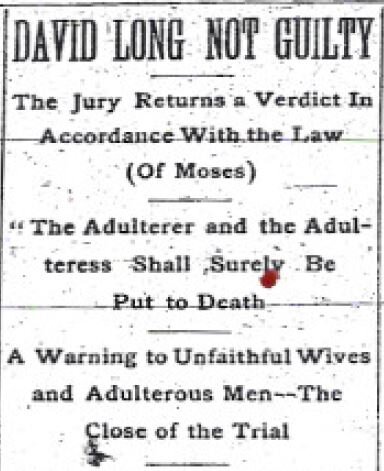
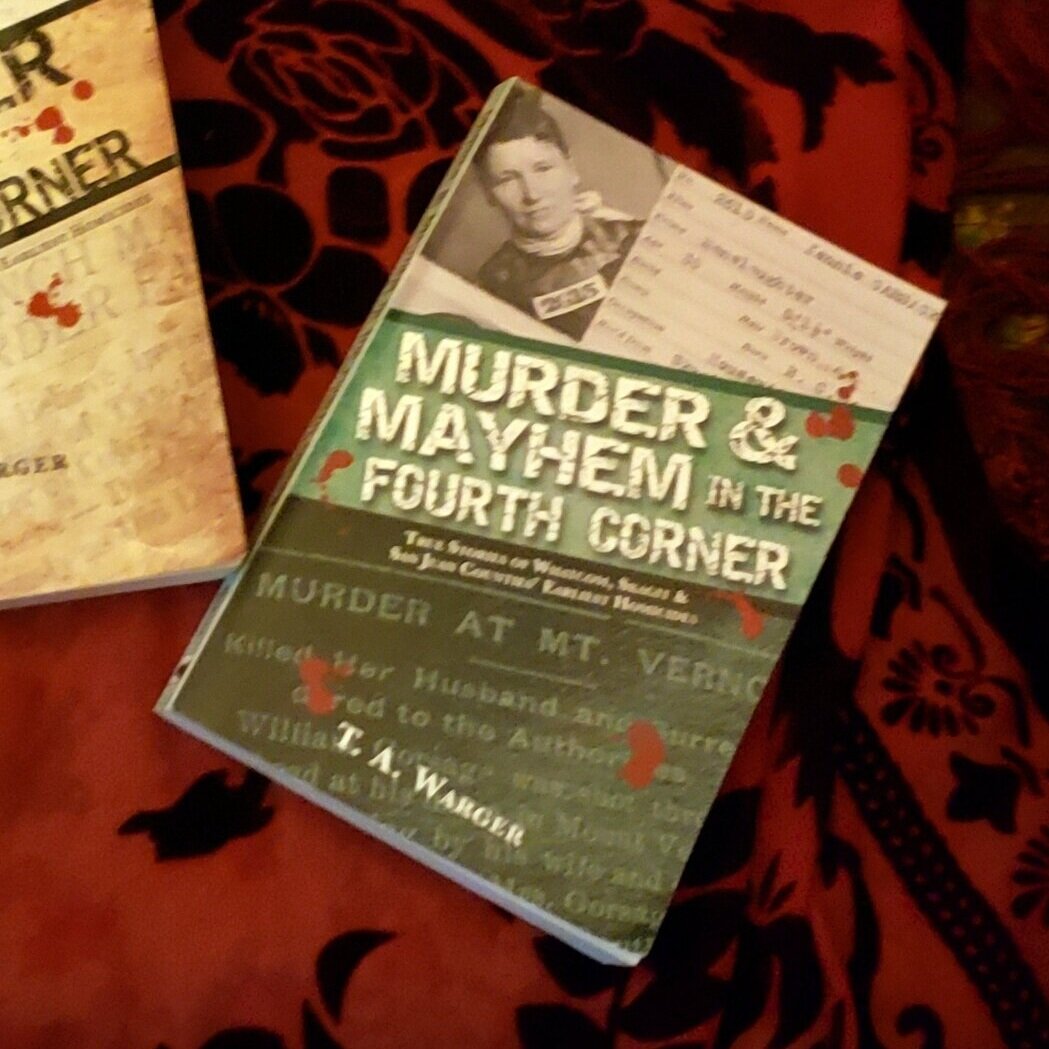



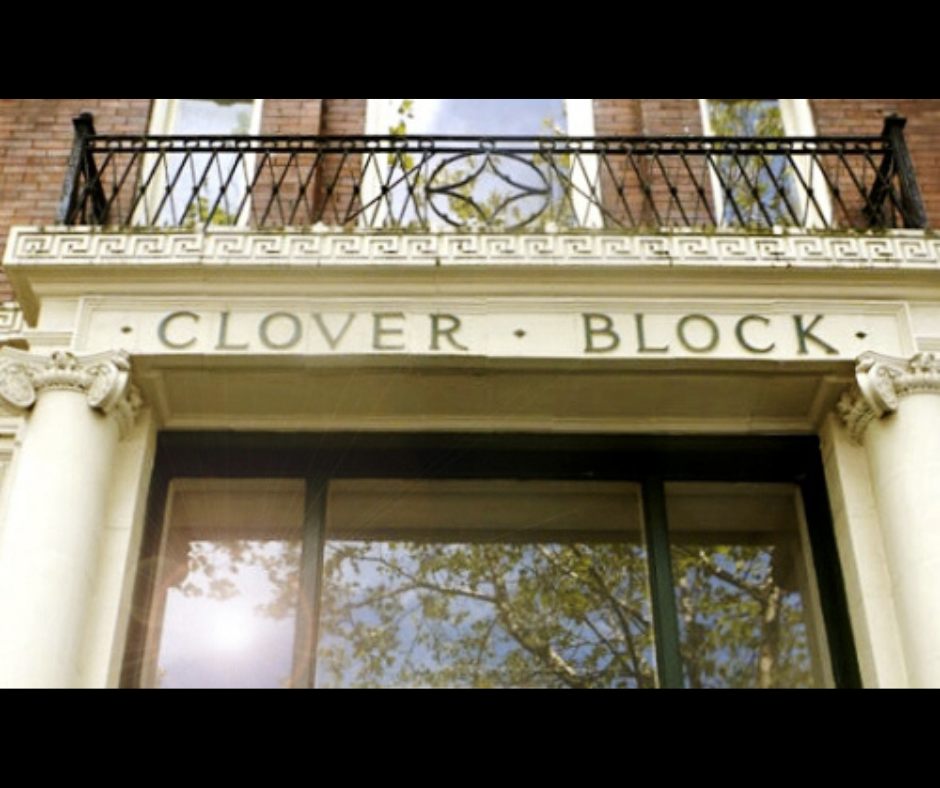
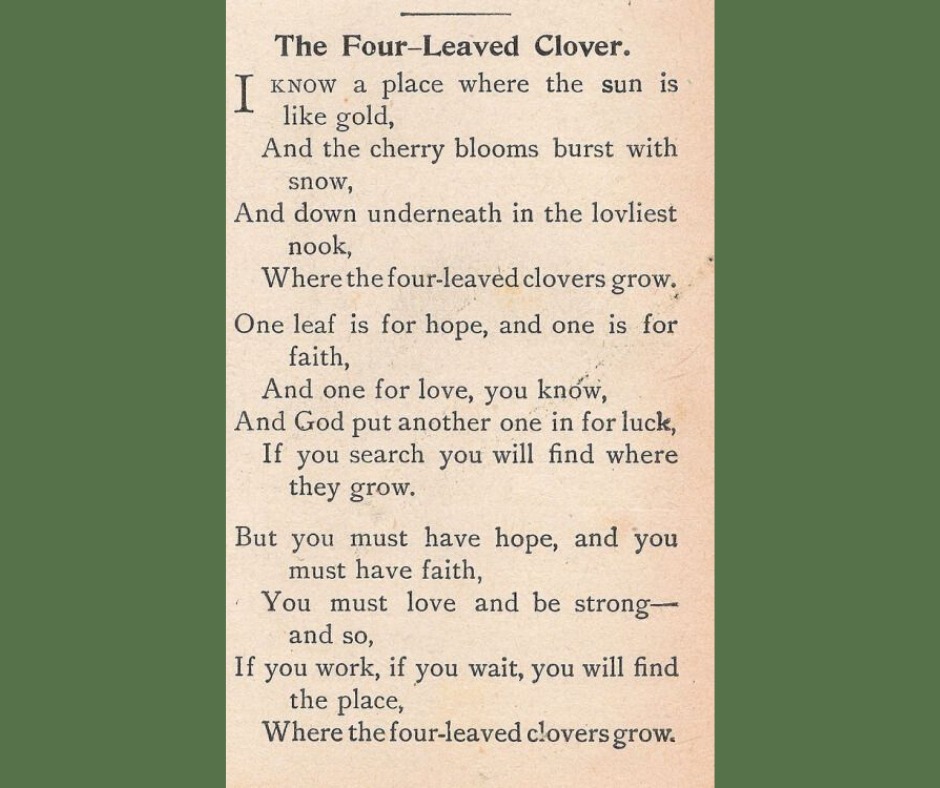
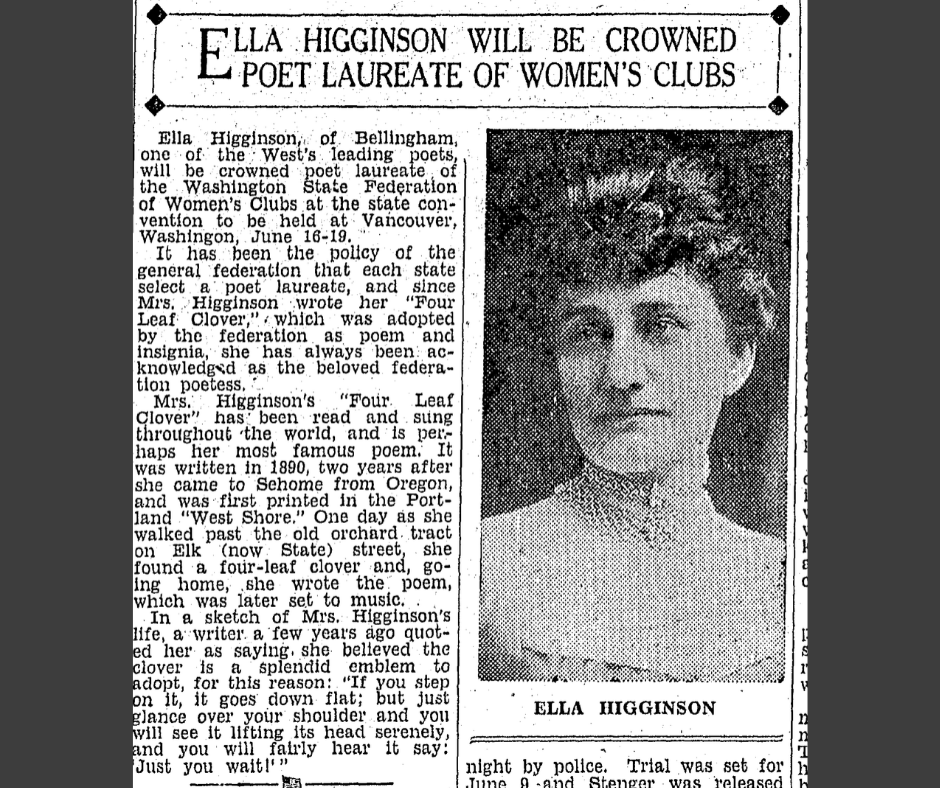




















It’s time for Season 2 of Bellinghistory with the Good Time Girls, The Podcast!